Tech Articles
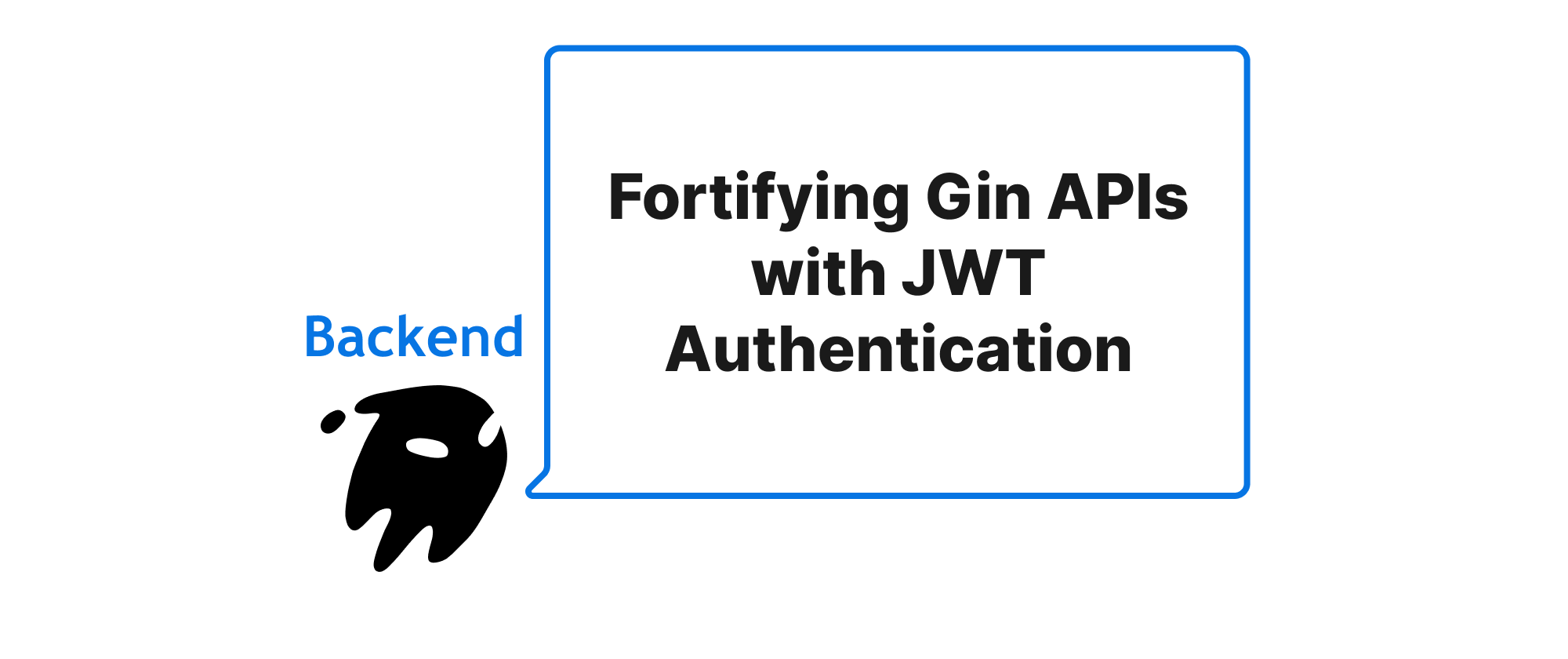
Fortifying Gin APIs with JWT Authentication
This article delves into the implementation of JWT authentication middleware for Gin APIs, enhancing security and controlling access. It covers core concepts, practical code examples, and best practices.
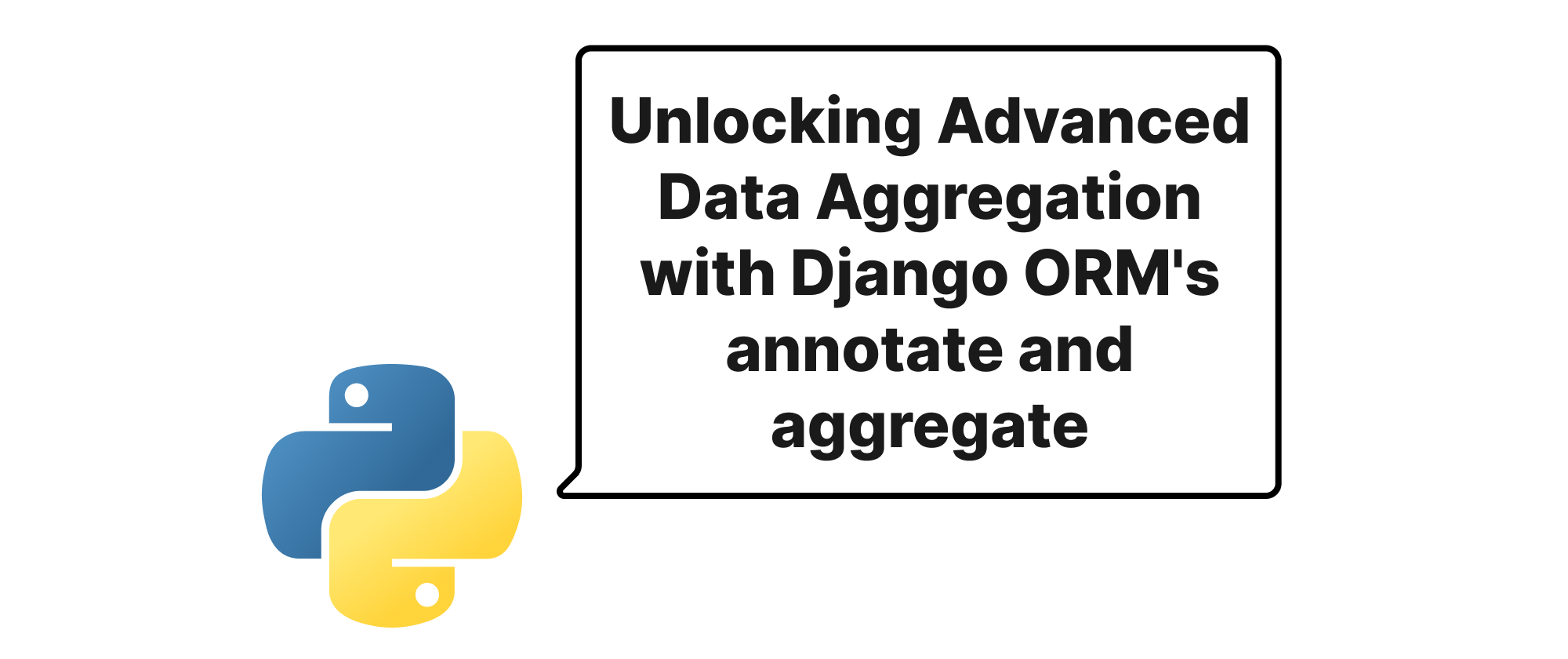
Unlocking Advanced Data Aggregation with Django ORM's annotate and aggregate
This article delves into the powerful annotate and aggregate functions of Django ORM, demonstrating how to construct complex data queries for insightful analytics.

Navigating Data Flow Understanding Prop Drilling and Its Solutions
This article delves into the concept of Prop Drilling in frontend development, its implications, and how React Context and Vue Provide/Inject offer elegant solutions to manage data flow more efficiently.
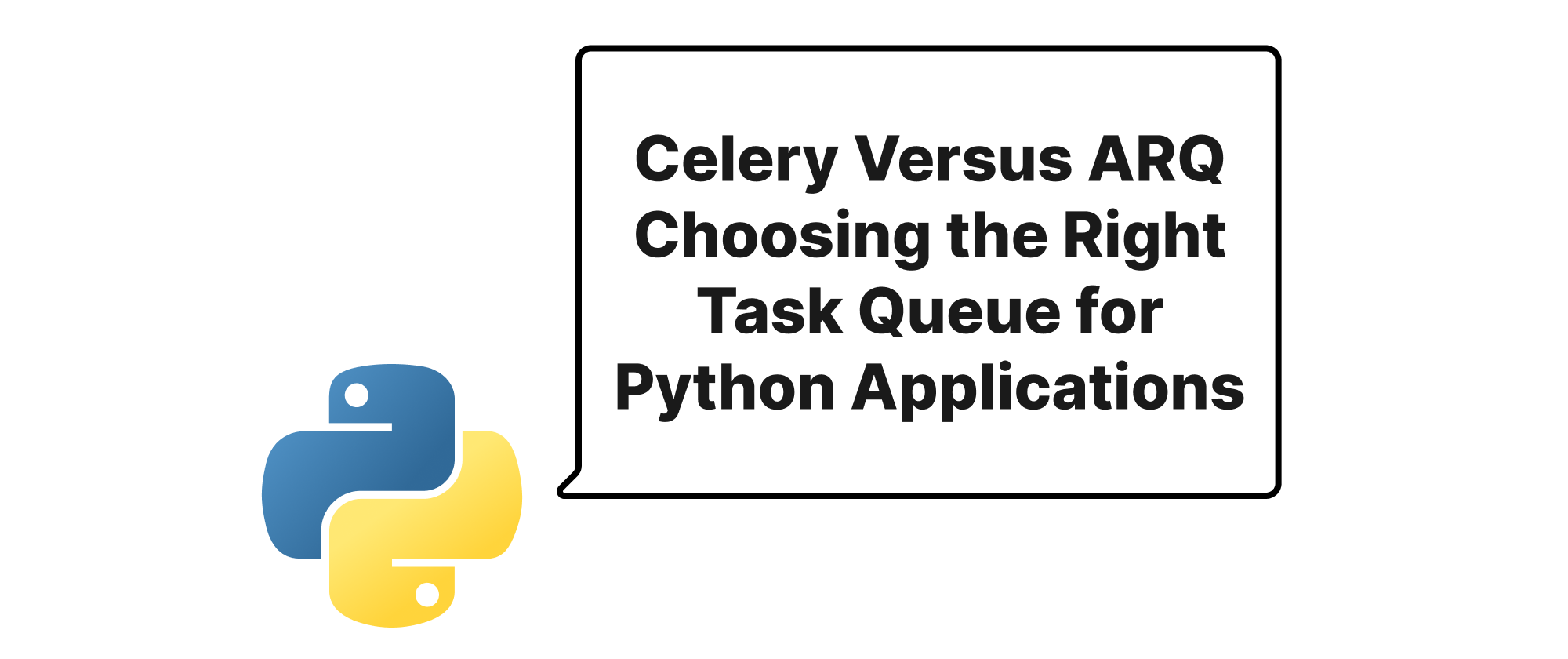
Celery Versus ARQ Choosing the Right Task Queue for Python Applications
A comprehensive comparison of Celery and ARQ, exploring their synchronous and asynchronous paradigms, use cases, and implementation details for Python projects.

Building a Robust BFF with Go for Microservices Aggregation
This article explores how to leverage Go to build an effective Backend for Frontend (BFF) layer, streamlining data aggregation from disparate downstream microservices and enhancing frontend development.
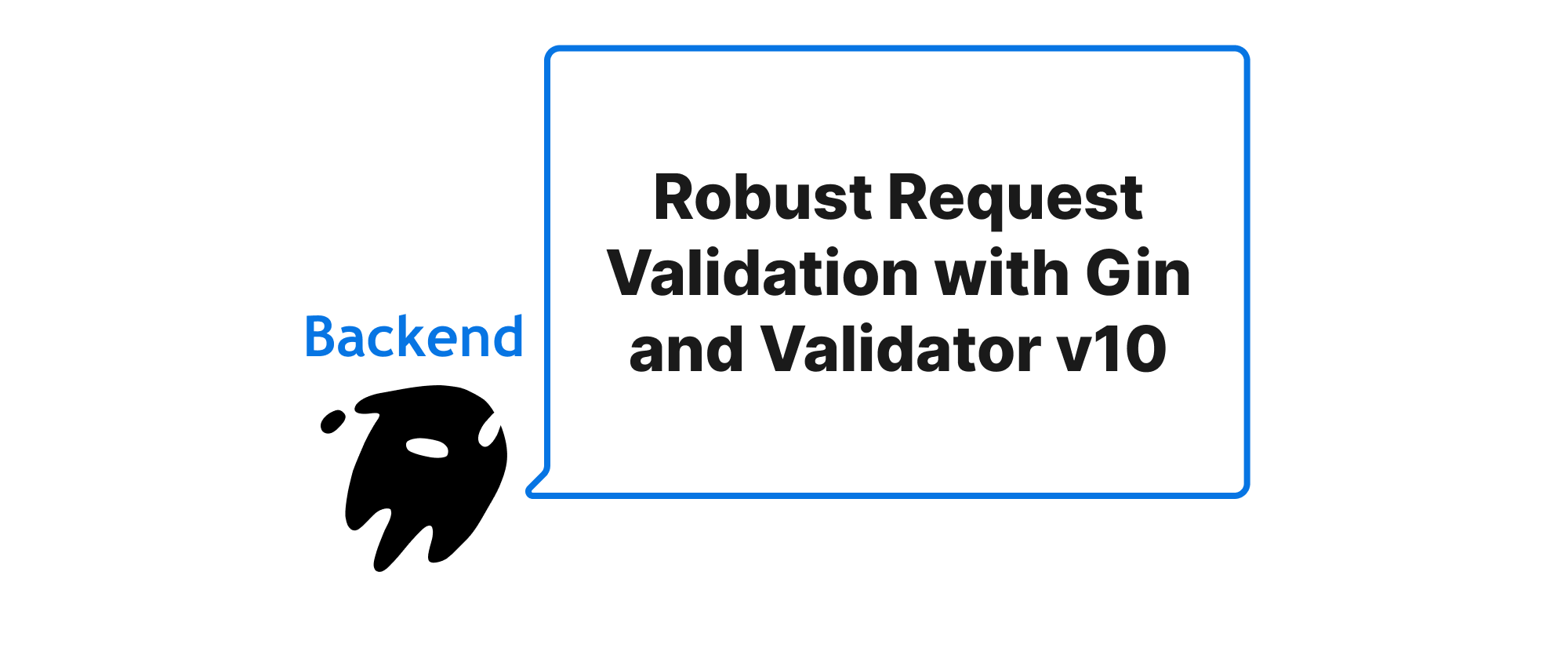
Robust Request Validation with Gin and Validator v10
This article explores how to build sophisticated request data validation logic in backend applications using the Gin web framework and the Validator v10 library in Go, ensuring data integrity and improving API reliability.

Actix Web Data vs. State Extractors A Dual Approach to Application State
Exploring the nuances of Actix Web's Data and State extractors for managing application-wide and request-scoped state.

Optimal Project Layout for Large-Scale Go Applications
Explore best practices for structuring large Go applications, covering modular design, internal packages, vendor directories, and clear naming conventions to maintain scalability and maintainability.
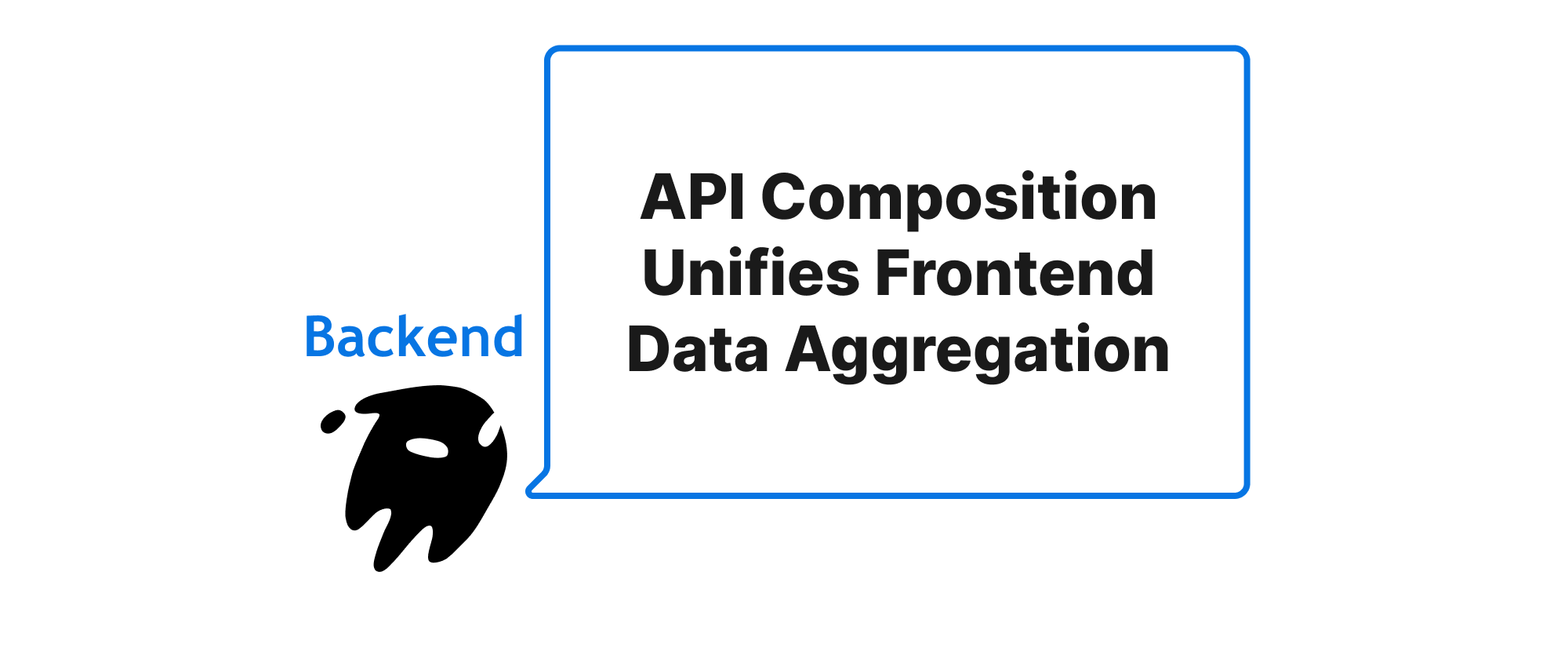
API Composition Unifies Frontend Data Aggregation
Exploring how API composition patterns offer a more flexible alternative to traditional BFFs for frontend data aggregation, enhancing adaptability and maintainability in modern architectures.

10 Minutes from First Line of Code to Live Deployment: A Super Fast Nest.js Blog Course
This tutorial provides a quick, step-by-step guide to building a full-stack blog application using Nest.js, PostgreSQL, and EJS, covering everything from project setup to final online deployment.
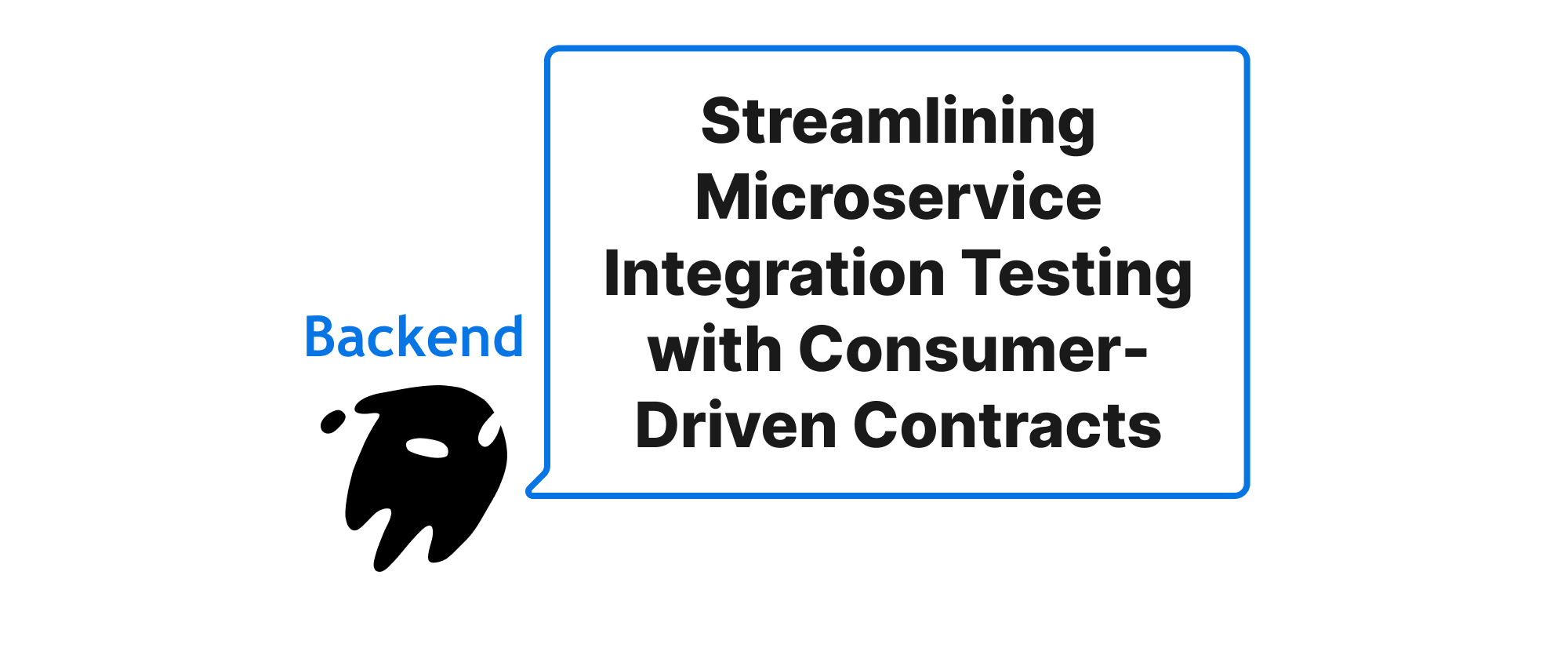
Streamlining Microservice Integration Testing with Consumer-Driven Contracts
Explore how consumer-driven contract testing with Pact.io enables robust API compatibility verification without the overhead of a full microservice cluster.
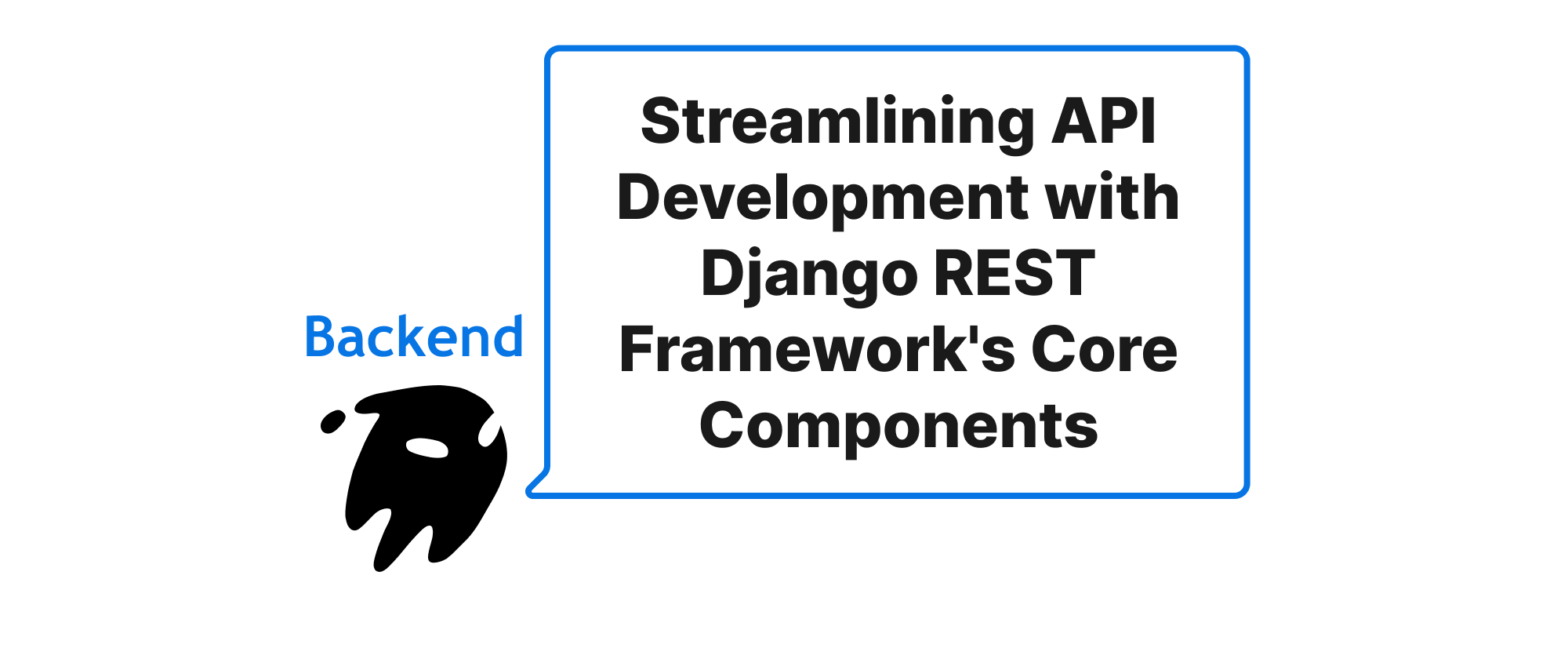
Streamlining API Development with Django REST Framework's Core Components
This article delves into how Django REST Framework’s Serializers, ViewSets, and Routers collaboratively simplify the construction and management of robust RESTful APIs, providing practical examples for each component.
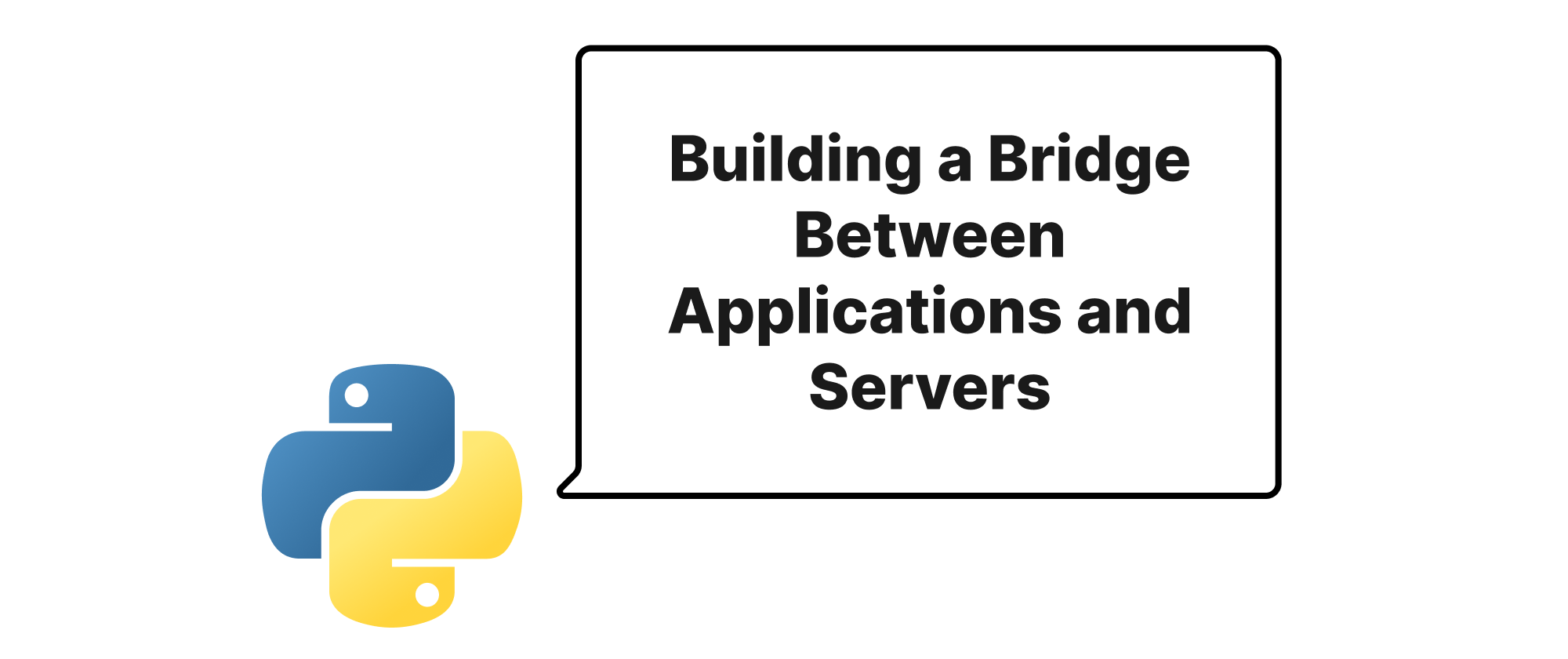
Building a Bridge Between Applications and Servers
Explore the fundamentals of WSGI and ASGI middleware development in Python, from concept to practical implementation.

The Pitfalls of Manual Data Fetching with useEffect and Why TanStack Query is Your Best Bet
Exploring the common anti-pattern of data fetching in useEffect and demonstrating how TanStack Query provides a superior, more robust solution for managing asynchronous data in React applications.
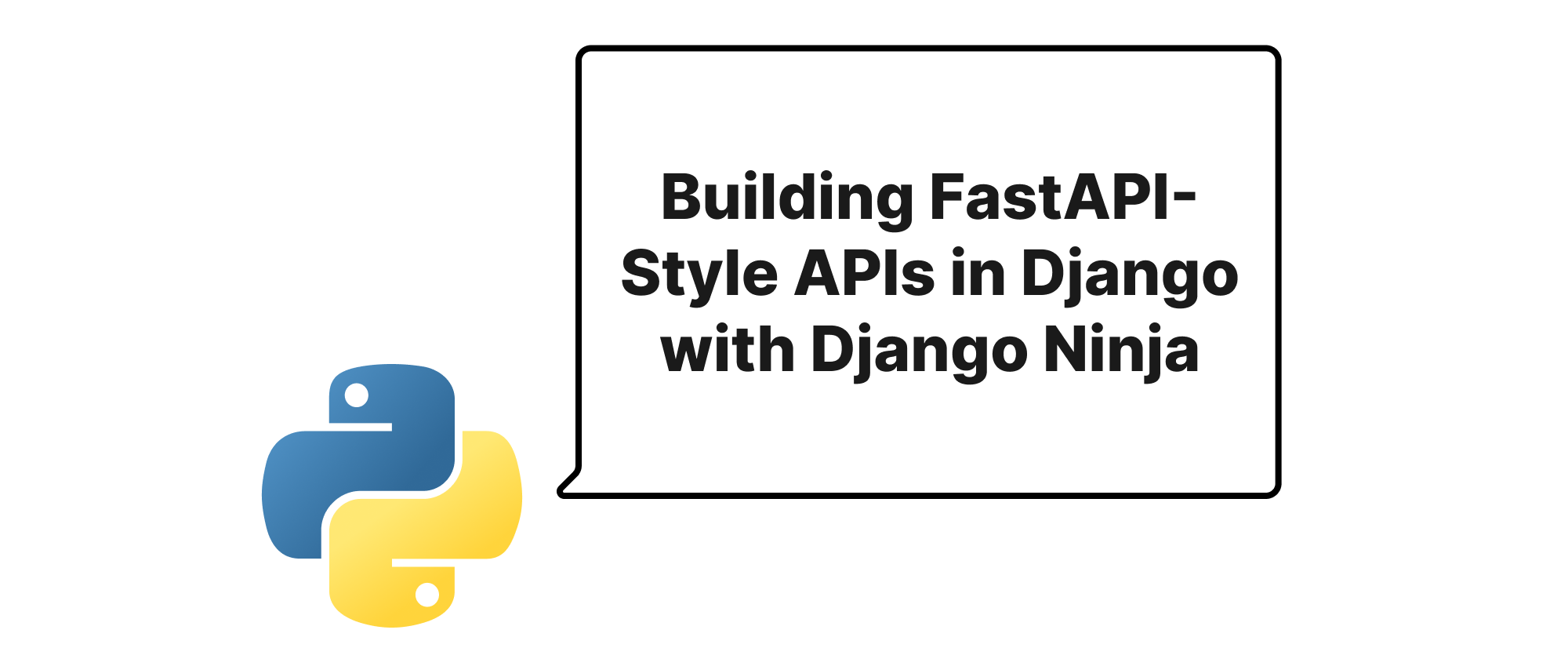
Building FastAPI-Style APIs in Django with Django Ninja
This article explores how to leverage Django Ninja to create modern, type-hinted APIs within Django projects, offering a FastAPI-like development experience while retaining Django's robust features.
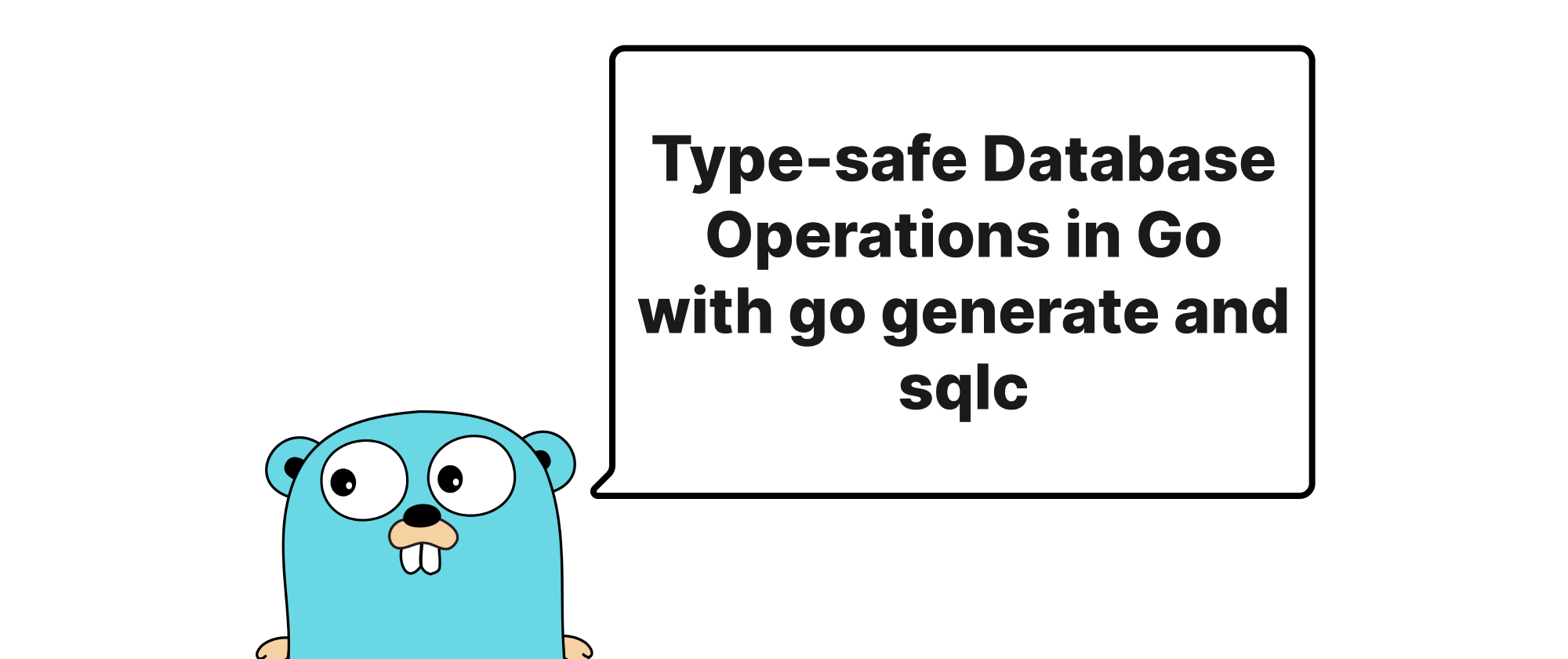
Type-safe Database Operations in Go with go generate and sqlc
Discover how to leverage go generate and sqlc to generate type-safe Go code from SQL, streamlining database interactions and reducing common errors.
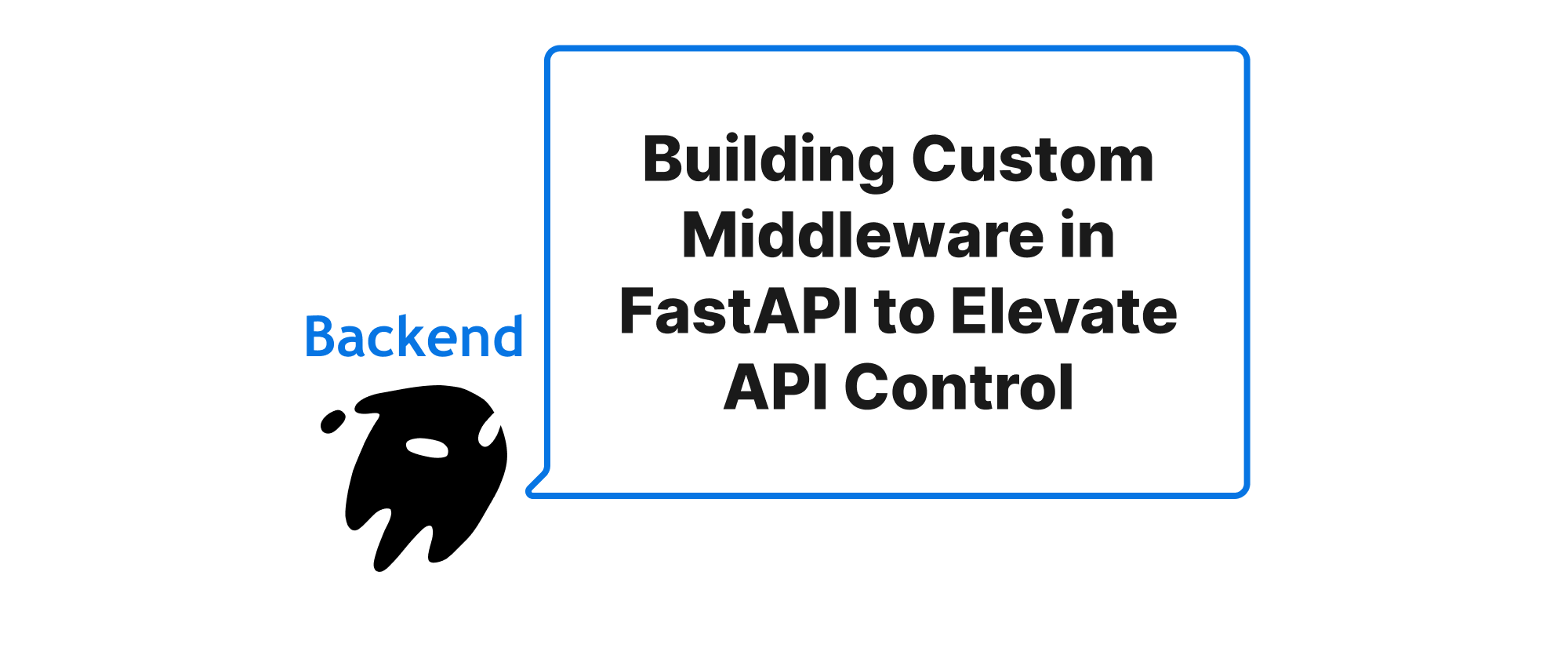
Building Custom Middleware in FastAPI to Elevate API Control
Explore how to create custom middleware in FastAPI and Starlette to manage requests and responses, enhancing API functionality and control.
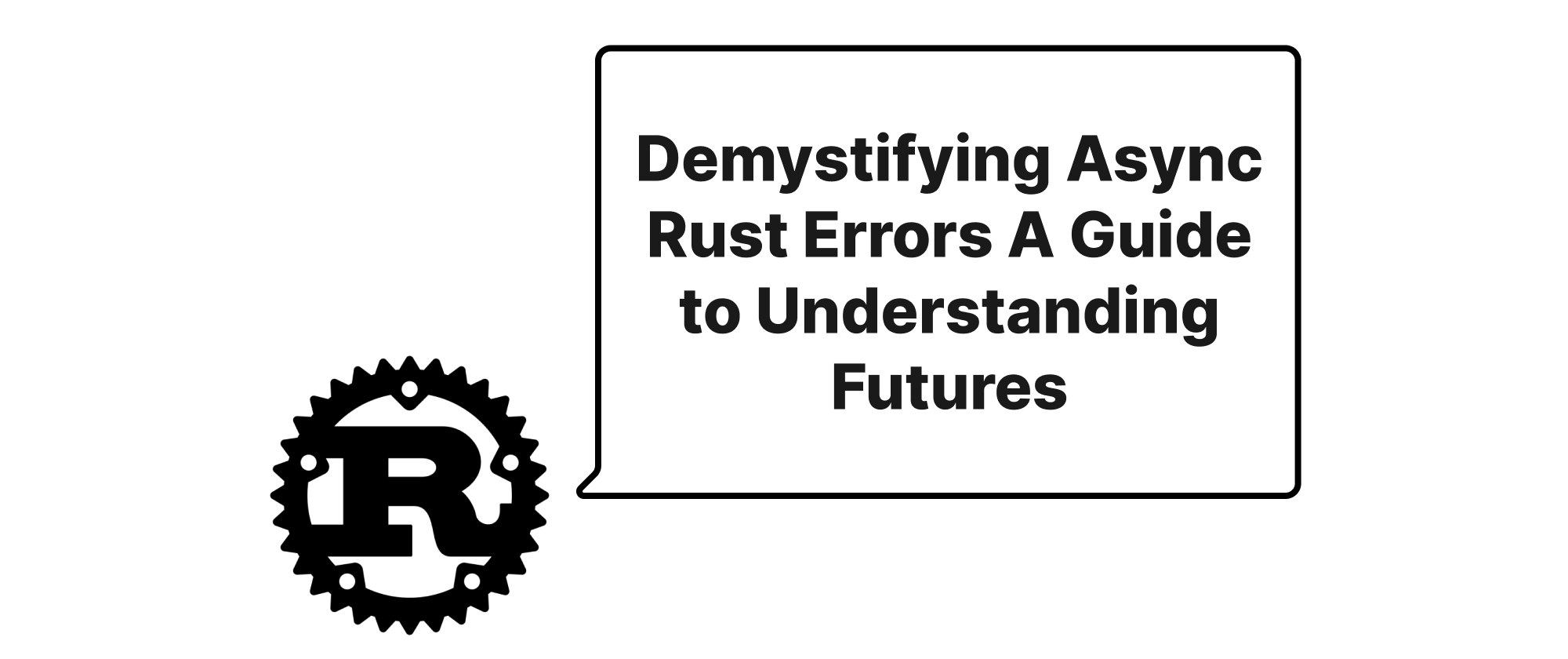
Demystifying Async Rust Errors A Guide to Understanding Futures
Unraveling the often-cryptic async error messages in Rust, this article explains core concepts like Futures and Pin, and provides practical strategies for debugging common type mismatches and lifetime issues to improve the async development experience.

Enforcing Team Coding Standards with Custom Go Linters
This article delves into the creation of custom Go linters to maintain consistent coding styles and best practices within a development team, offering practical examples and a clear explanation of the underlying principles.
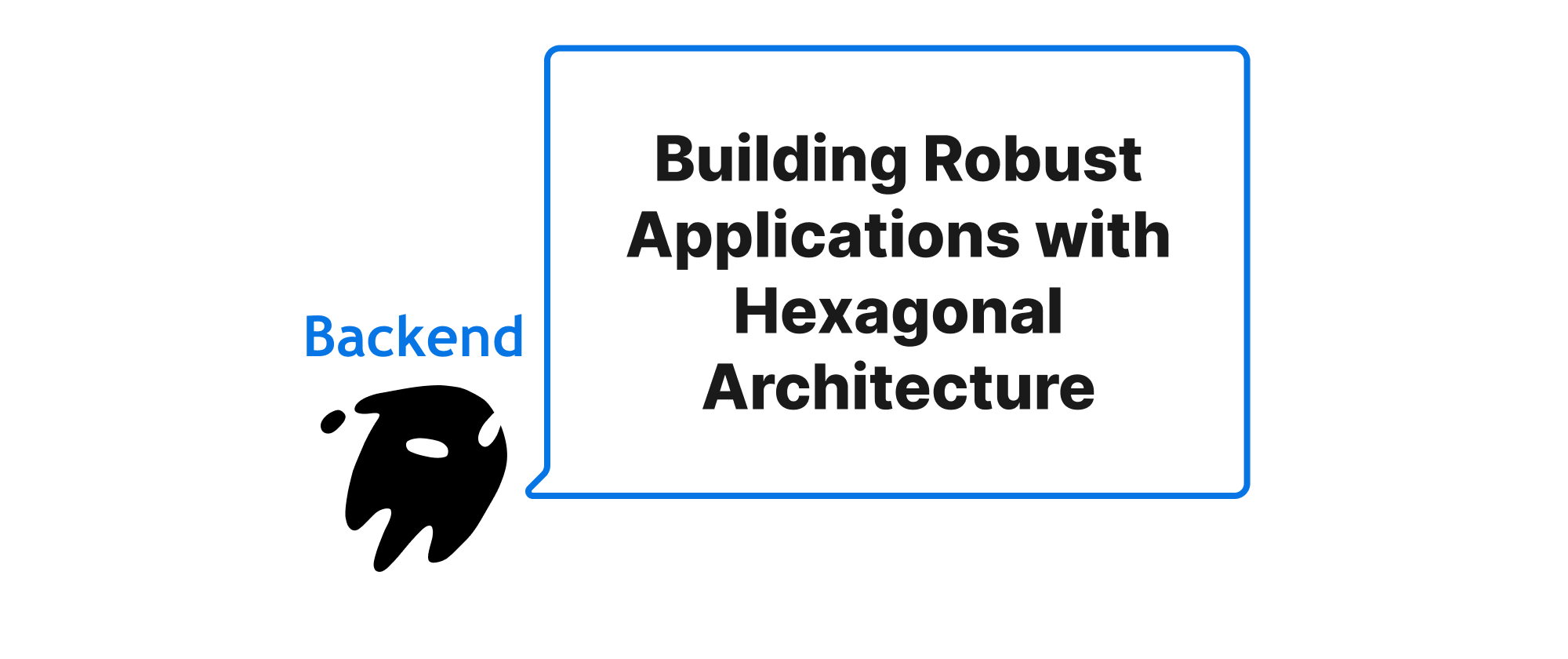
Building Robust Applications with Hexagonal Architecture in NestJS and ASP.NET Core
Explore the principles of Hexagonal Architecture, also known as Ports and Adapters, and learn how to implement it effectively in both NestJS and ASP.NET Core for improved maintainability, testability, and flexibility in backend development.
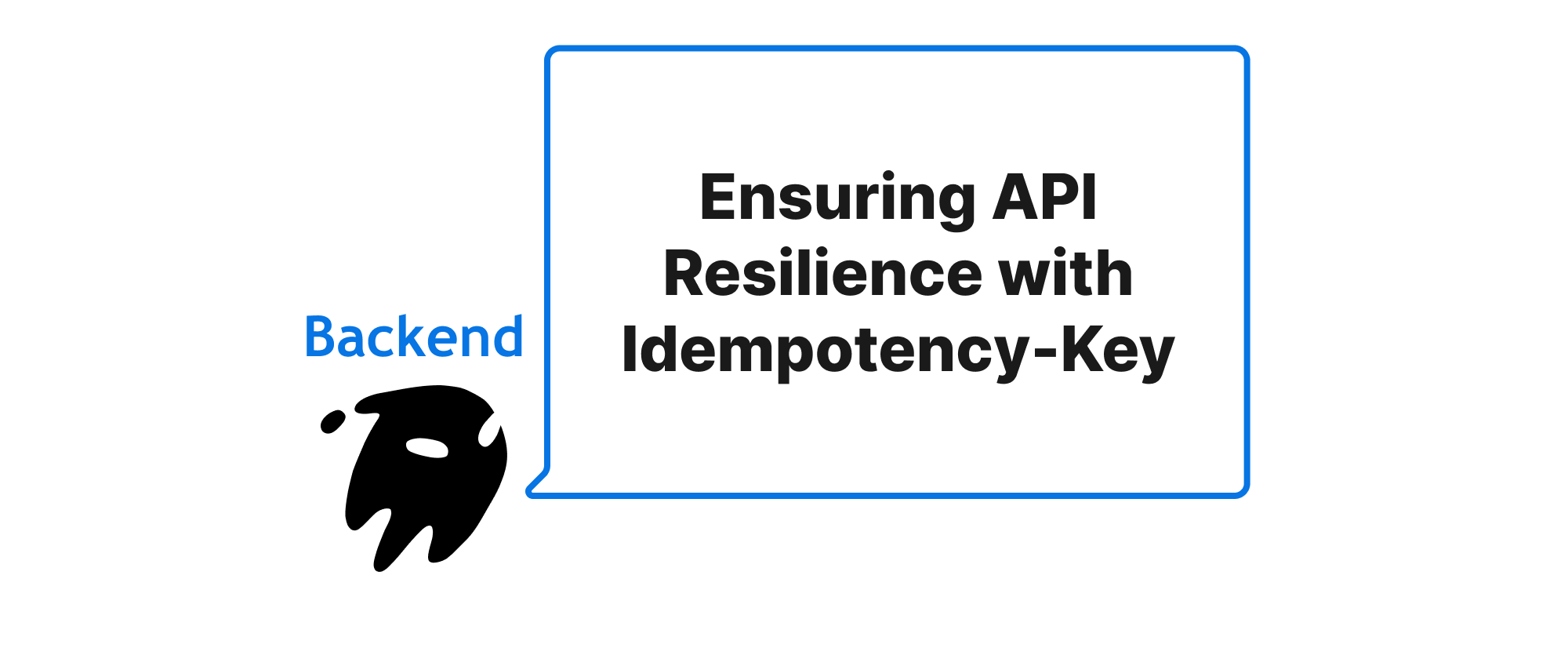
Ensuring API Resilience with Idempotency-Key
This article delves into the practical implementation of the Idempotency-Key header to make POST APIs safely retryable, enhancing system robustness and user experience without unintended side effects.
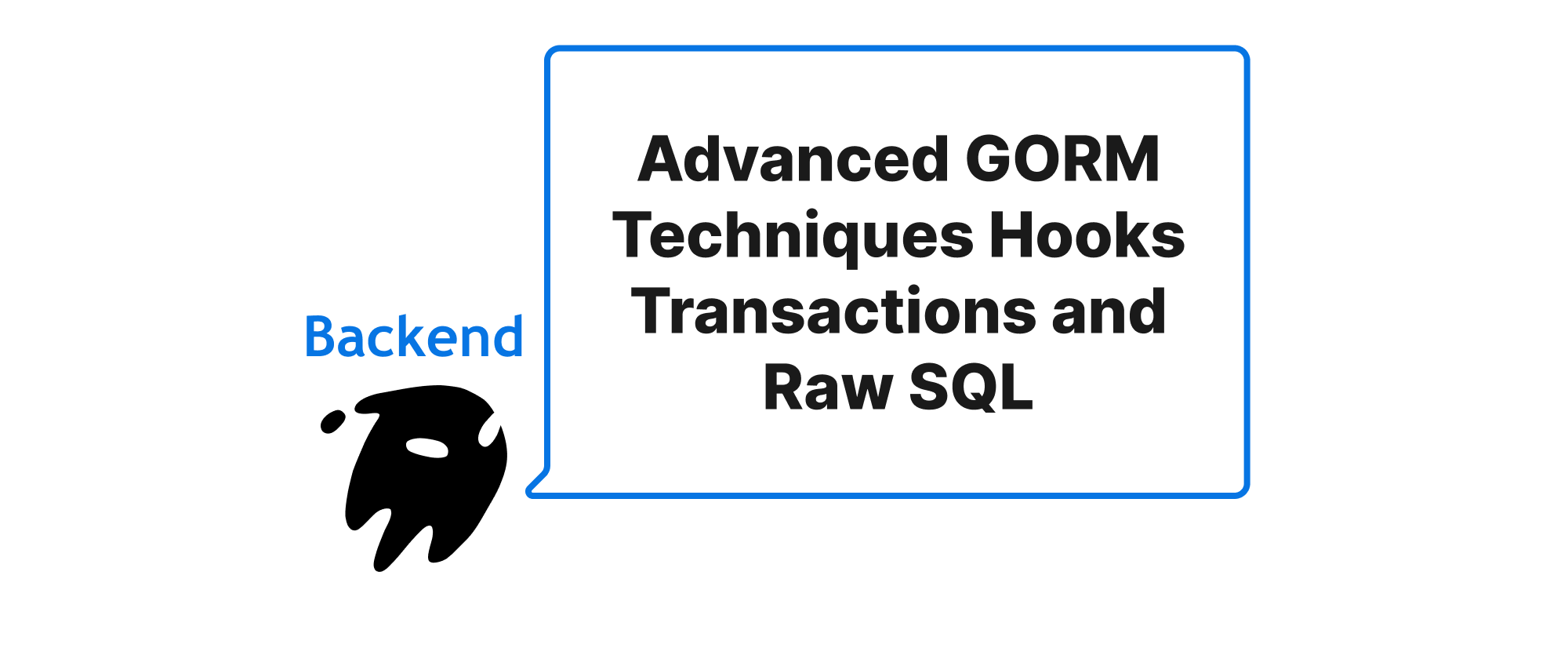
Advanced GORM Techniques Hooks Transactions and Raw SQL
Explore GORM's powerful advanced features – hooks, transactions, and raw SQL – to build robust and efficient backend applications.
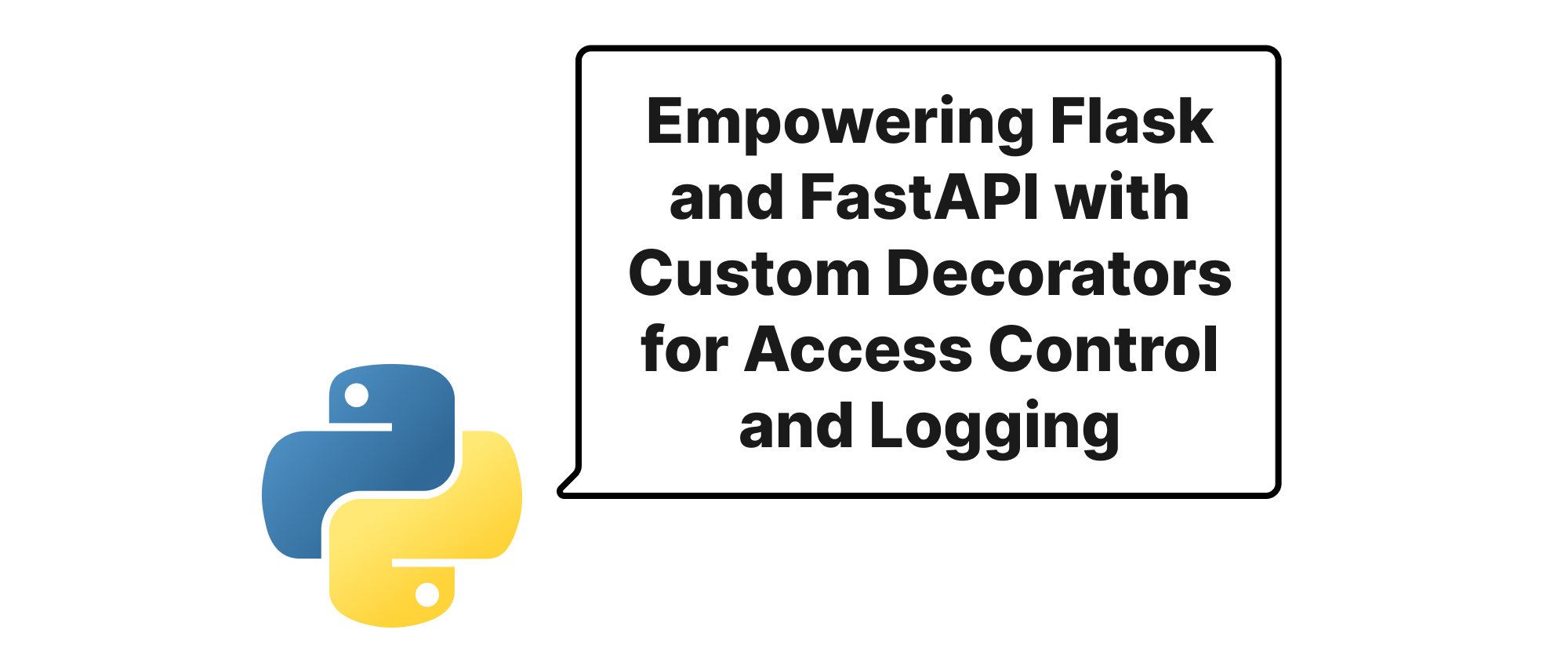
Empowering Flask and FastAPI with Custom Decorators for Access Control and Logging
Explore how to leverage custom decorators in Flask and FastAPI to implement robust permission checks and comprehensive request logging, enhancing application security and maintainability.
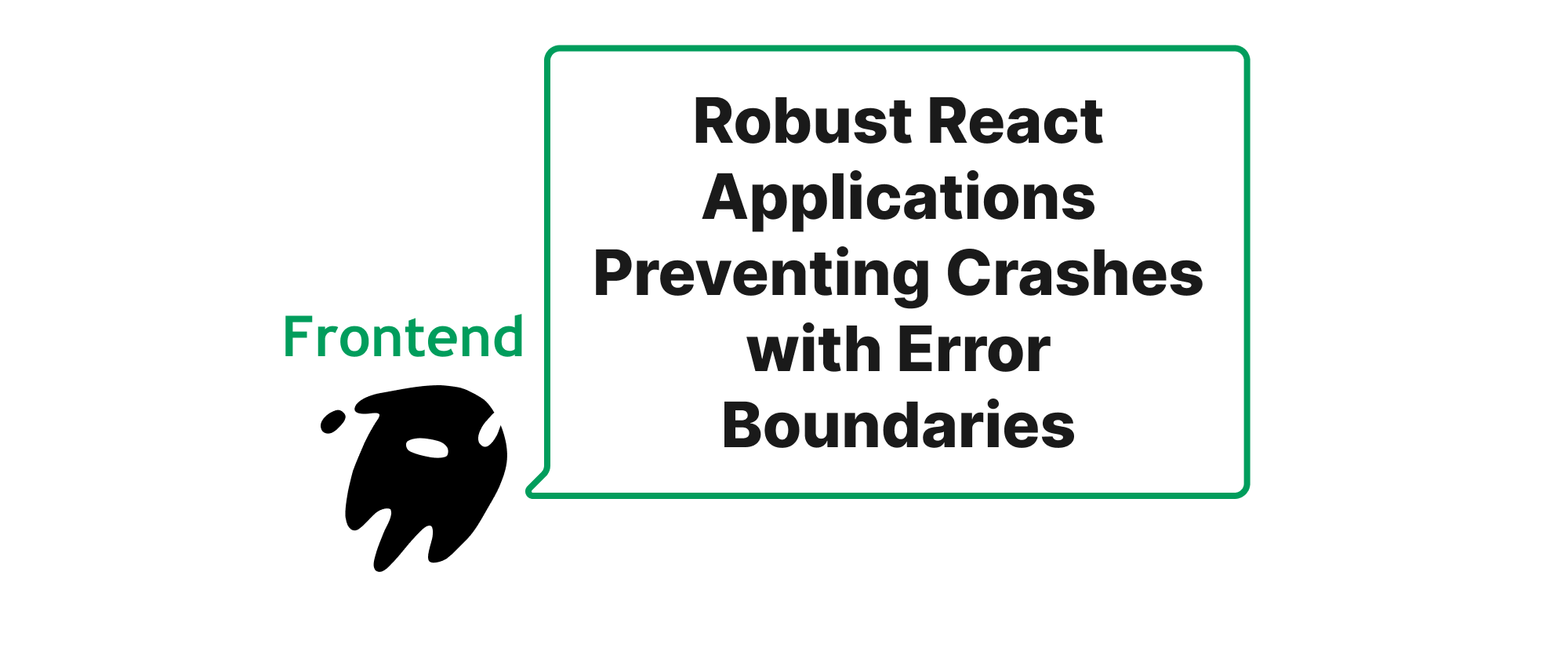
Robust React Applications Preventing Crashes with Error Boundaries
This article delves into React Error Boundaries, explaining their principles and practical implementation to prevent component failures from bringing down an entire application. It provides code examples and discusses best practices for creating more resilient user interfaces.

Don't Wait for PythonAnywhere. Here's How to Deploy FastAPI Project Online
FastAPI is popular, but deploying it is tricky. PythonAnywhere doesn't work, and VPS is costly for small projects. Leapcell offers an easier, pay-per-use solution.
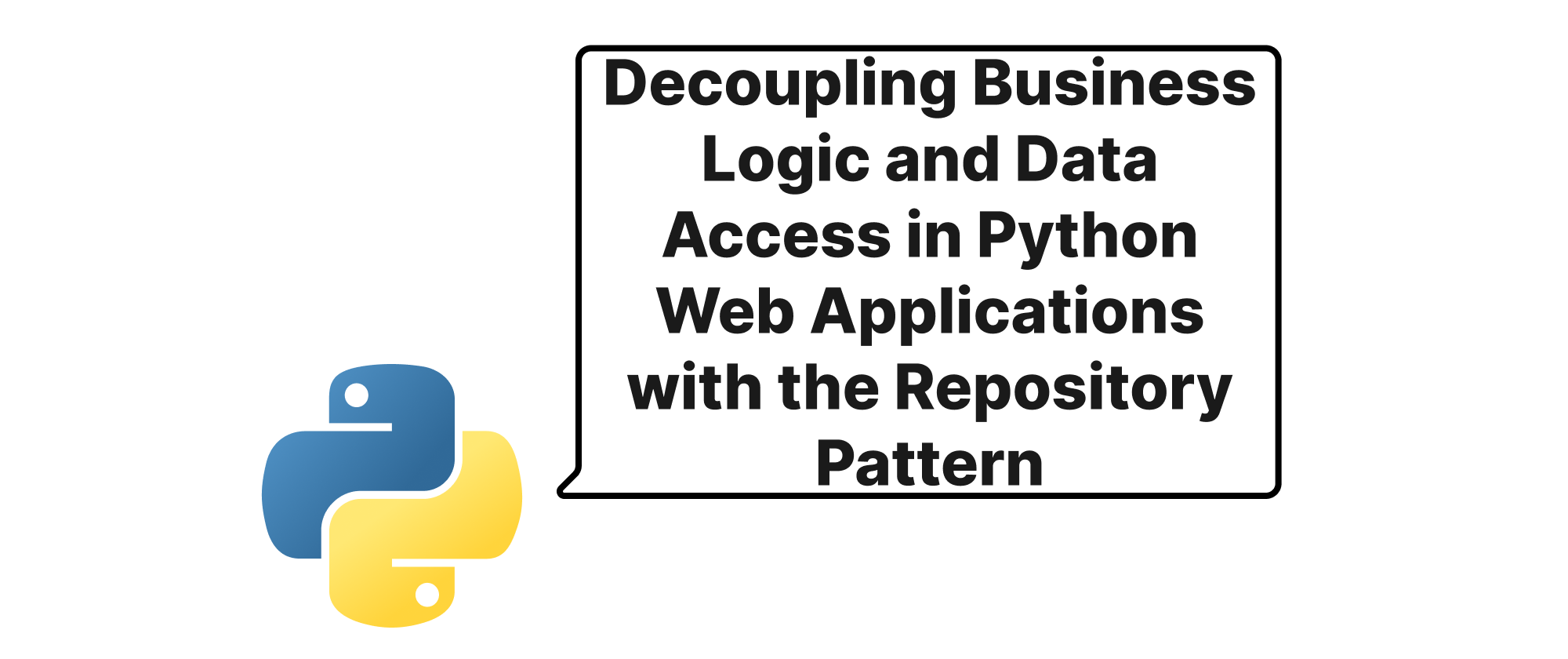
Decoupling Business Logic and Data Access in Python Web Applications with the Repository Pattern
This article explores the Repository pattern as a strategy to enhance the maintainability and testability of Python web applications by cleanly separating business logic from underlying data persistence mechanisms.

Building Modular Web APIs with Axum in Rust
This article explores how to build maintainable and scalable web APIs using Ax Axum, focusing on routing, state management, and leveraging Tower services for modularity and efficiency.
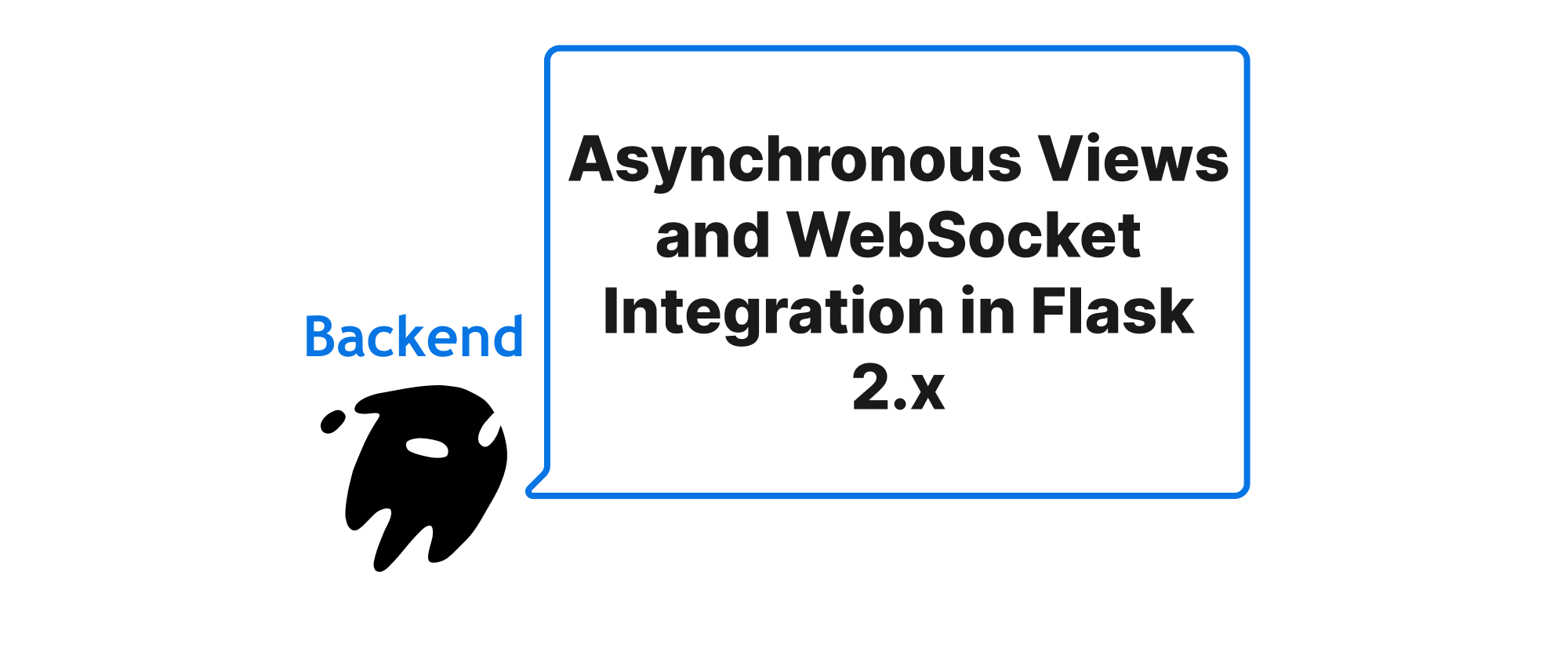
Asynchronous Views and WebSocket Integration in Flask 2.x
Explore the power of Flask 2.x with async/await for improved concurrency and real-time communication through WebSockets, backed by practical code examples.
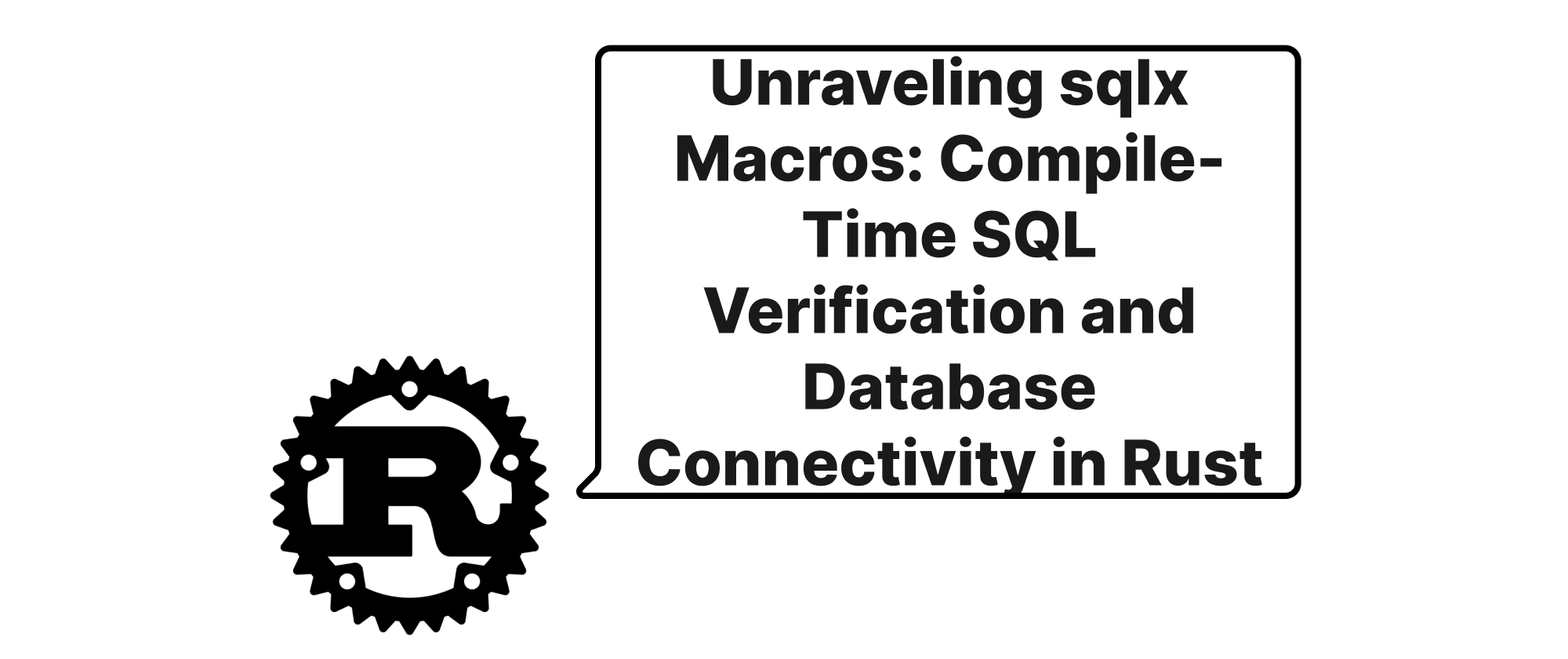
Unraveling sqlx Macros: Compile-Time SQL Verification and Database Connectivity in Rust
This article delves into the inner workings of sqlx macros in Rust, explaining how they leverage compile-time checks to validate SQL queries and seamlessly connect to databases, enhancing application reliability and developer productivity.

Unveiling Go's Scheduler Secrets The G-M-P Model in Action
This article delves into the inner workings of the Go scheduler, exploring the fundamental G-M-P model and how it orchestrates efficient goroutine execution for concurrent applications.
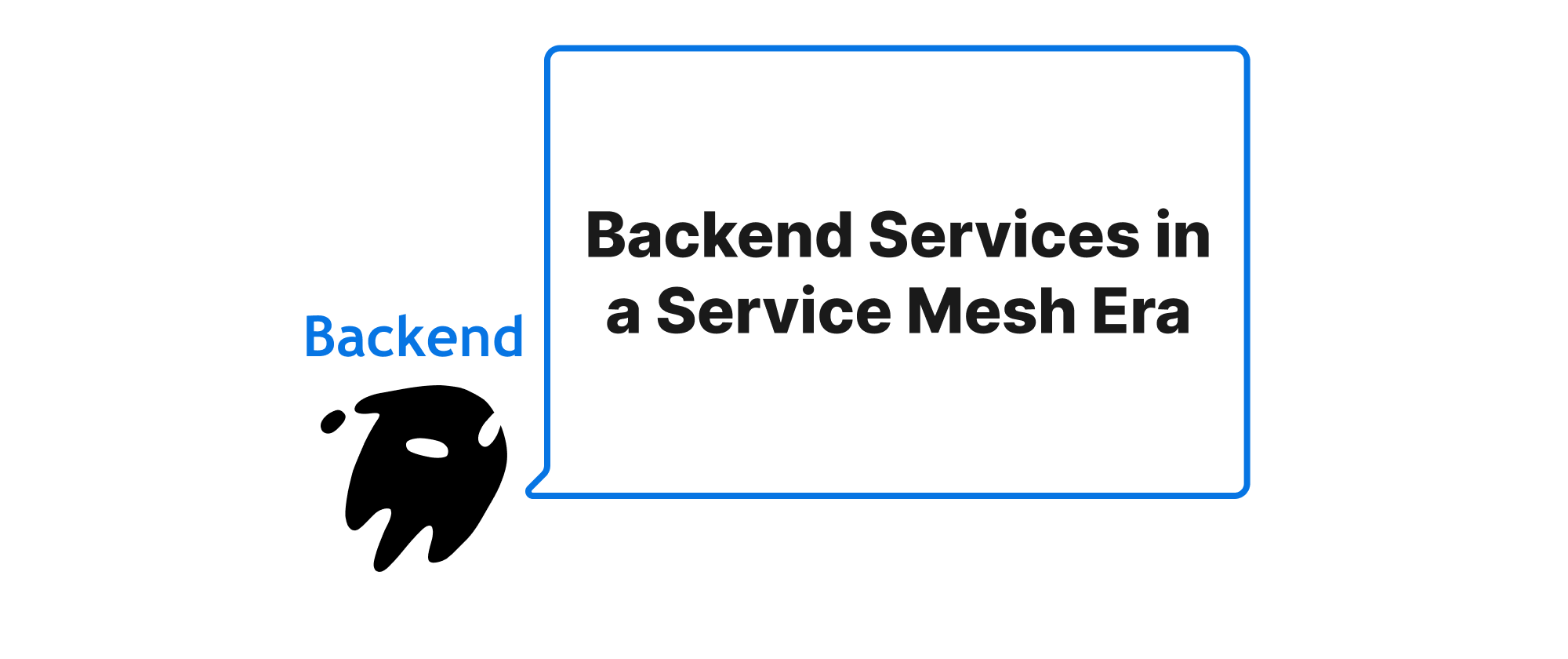
Backend Services in a Service Mesh Era
Exploring how backend services integrate with and benefit from Istio and Linkerd, detailing their mechanisms, practical implementations, and real-world advantages.

Realtime Applications with PostgreSQL LISTEN/NOTIFY A Lightweight Alternative
Explore how PostgreSQL's built-in LISTEN/NOTIFY mechanism offers a compelling, lightweight alternative to Redis Pub/Sub or Kafka for building real-time applications, complete with practical examples.
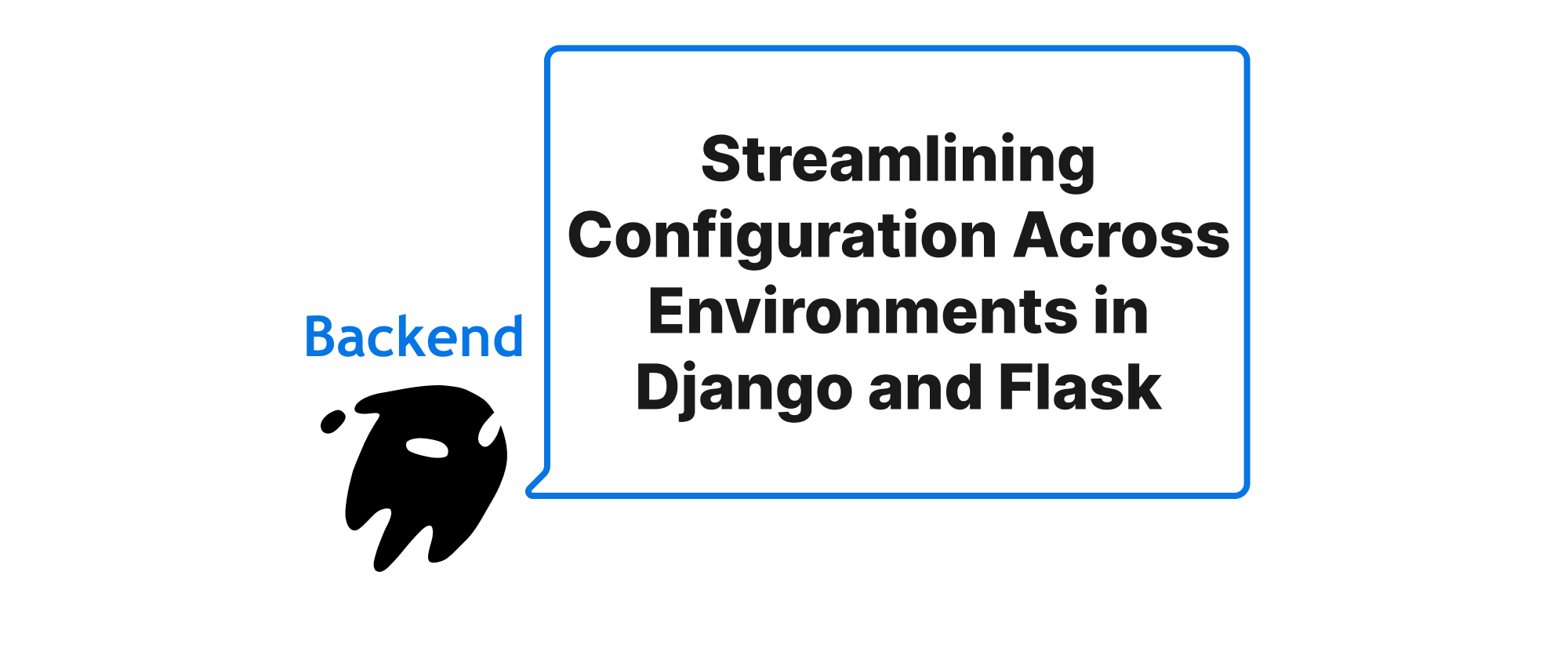
Streamlining Configuration Across Environments in Django and Flask
This article delves into effective strategies for managing distinct configurations in Django and Flask applications across development, testing, and production environments, emphasizing best practices and practical code examples.
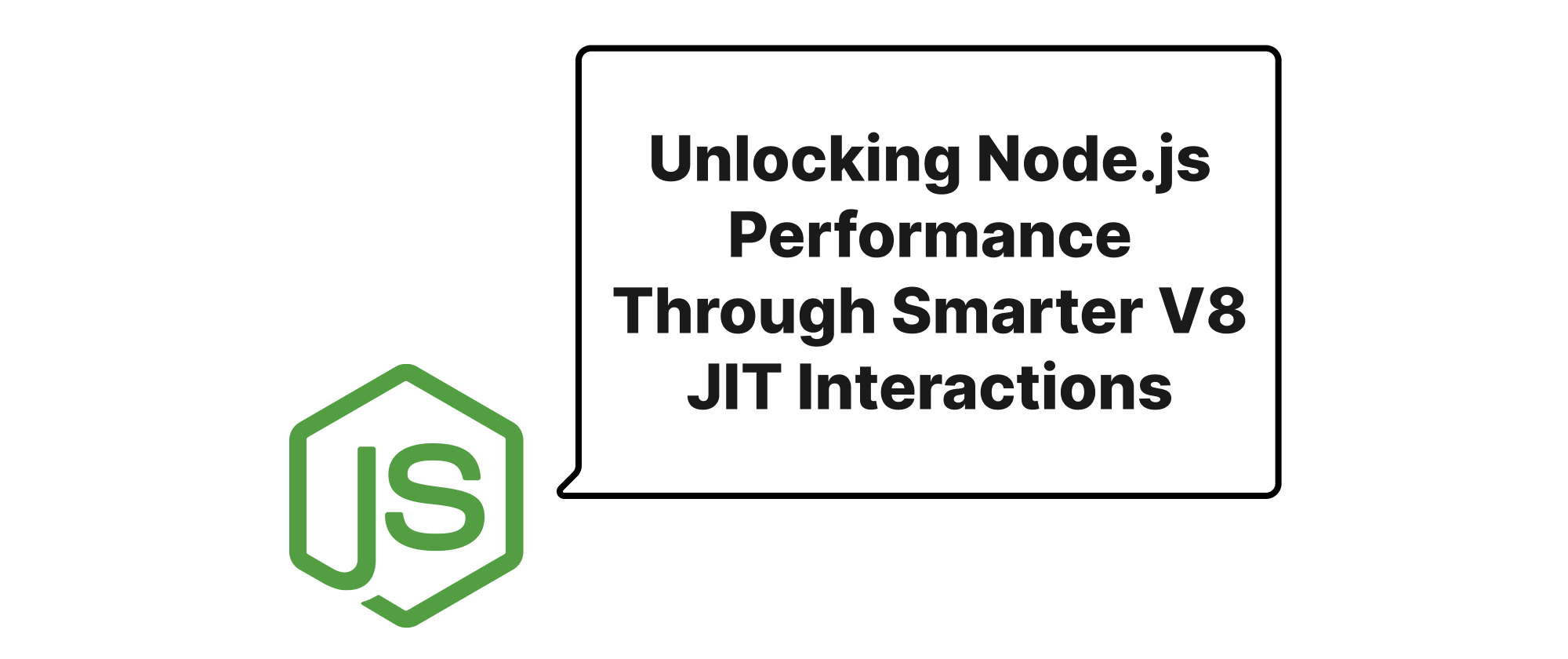
Unlocking Node.js Performance Through Smarter V8 JIT Interactions
Explores how Node.js developers can leverage a deeper understanding of V8's JIT compiler to write more performant JavaScript, focusing on practical techniques and code examples.
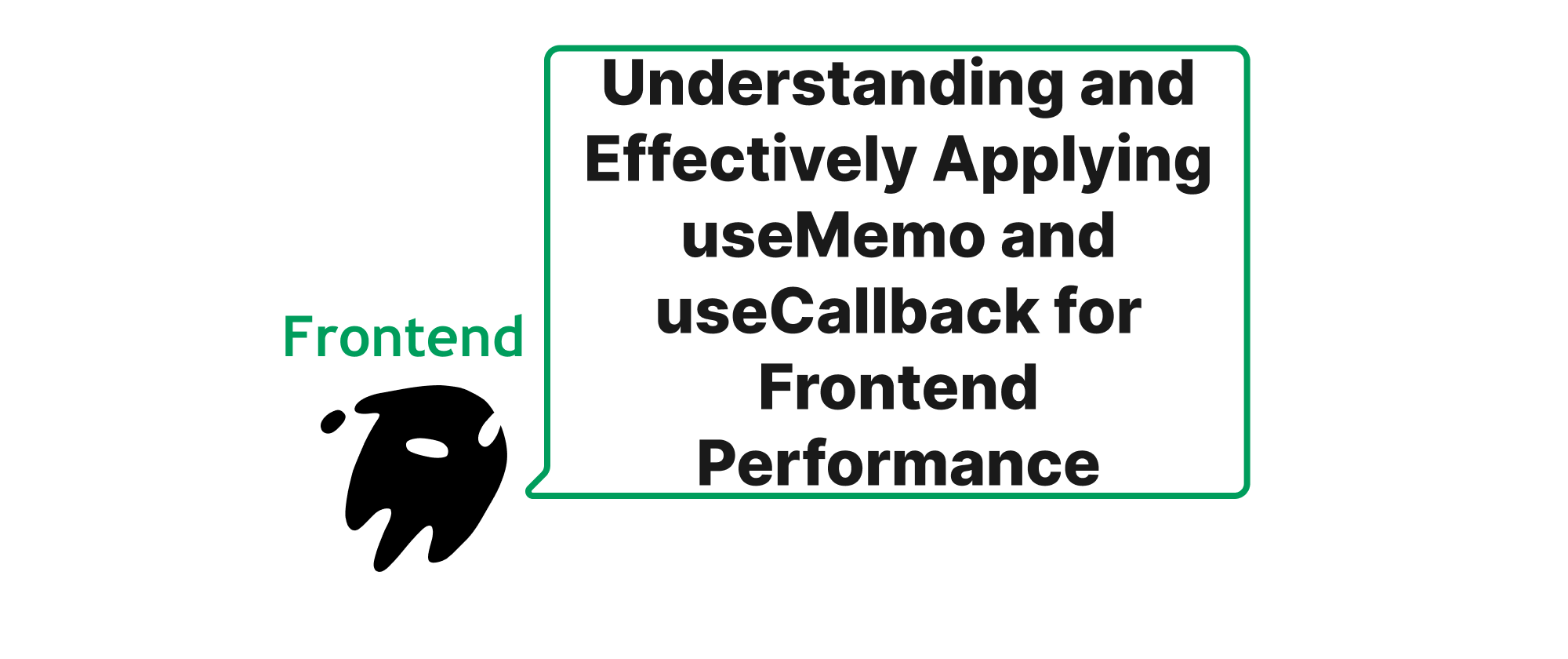
Understanding and Effectively Applying useMemo and useCallback for Frontend Performance
This article delves into the practical effectiveness of React's useMemo and useCallback hooks, explaining their core concepts, use cases with code examples, and when their application genuinely leads to performance optimizations in frontend applications.
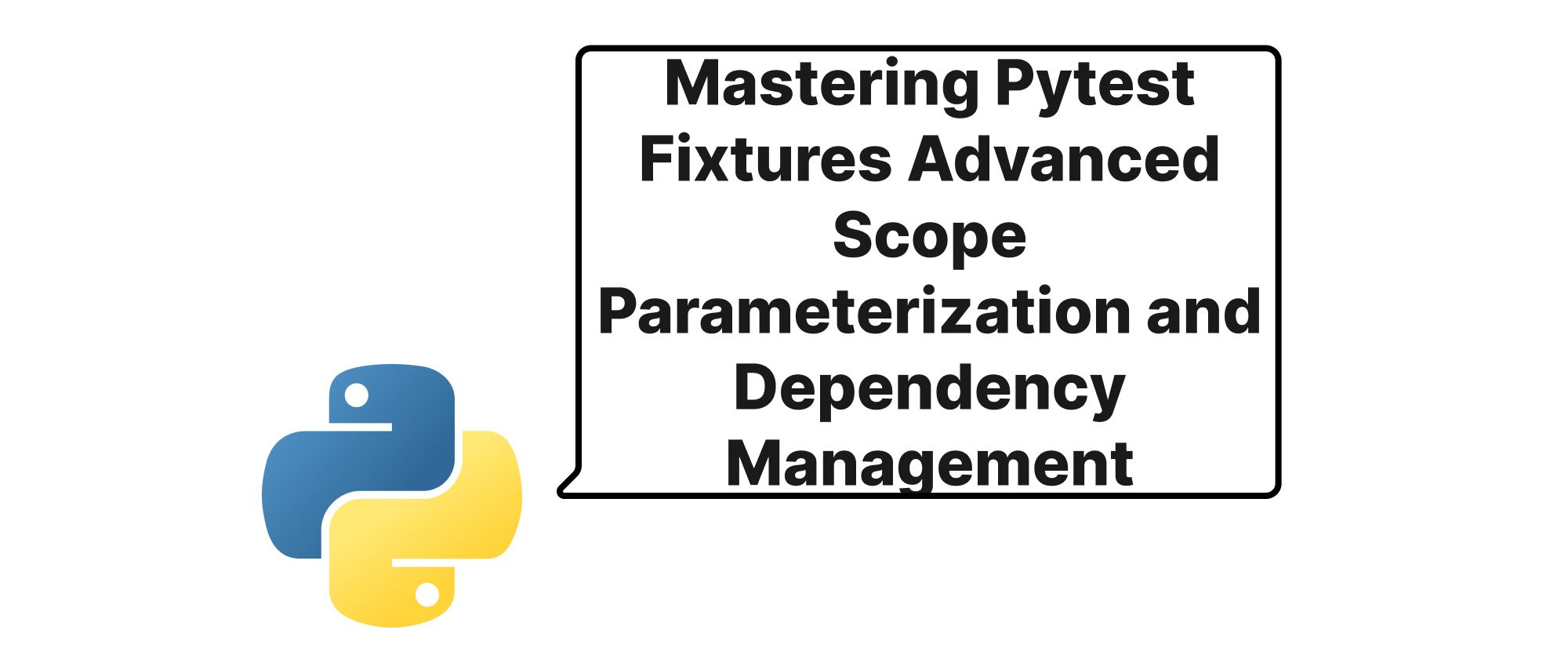
Mastering Pytest Fixtures Advanced Scope Parameterization and Dependency Management
Explore advanced pytest fixtures, covering scope for resource optimization, parameterization for varied test cases, and dependency injection for robust test architectures.

Asynchronous Web Services in Rust A Deep Dive into Future, Tokio, and async/await
This article explores the core components of asynchronous web development in Rust -- Future, Tokio runtime, and the async/await syntax -- demonstrating their principles, implementation, and practical application with code examples.
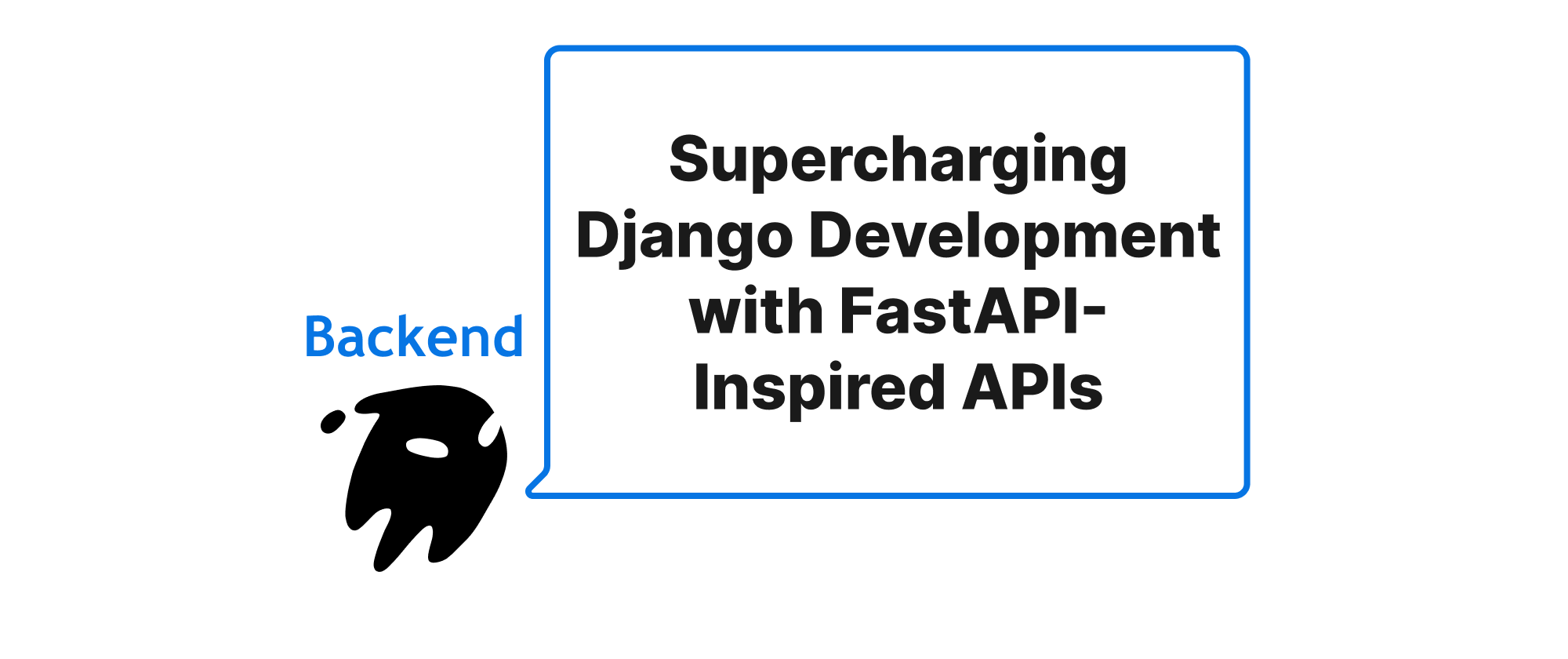
Supercharging Django Development with FastAPI-Inspired APIs
Explore how Django Ninja brings the intuitive and high-performance API development experience of FastAPI directly into your Django projects, enhancing both developer productivity and application efficiency.
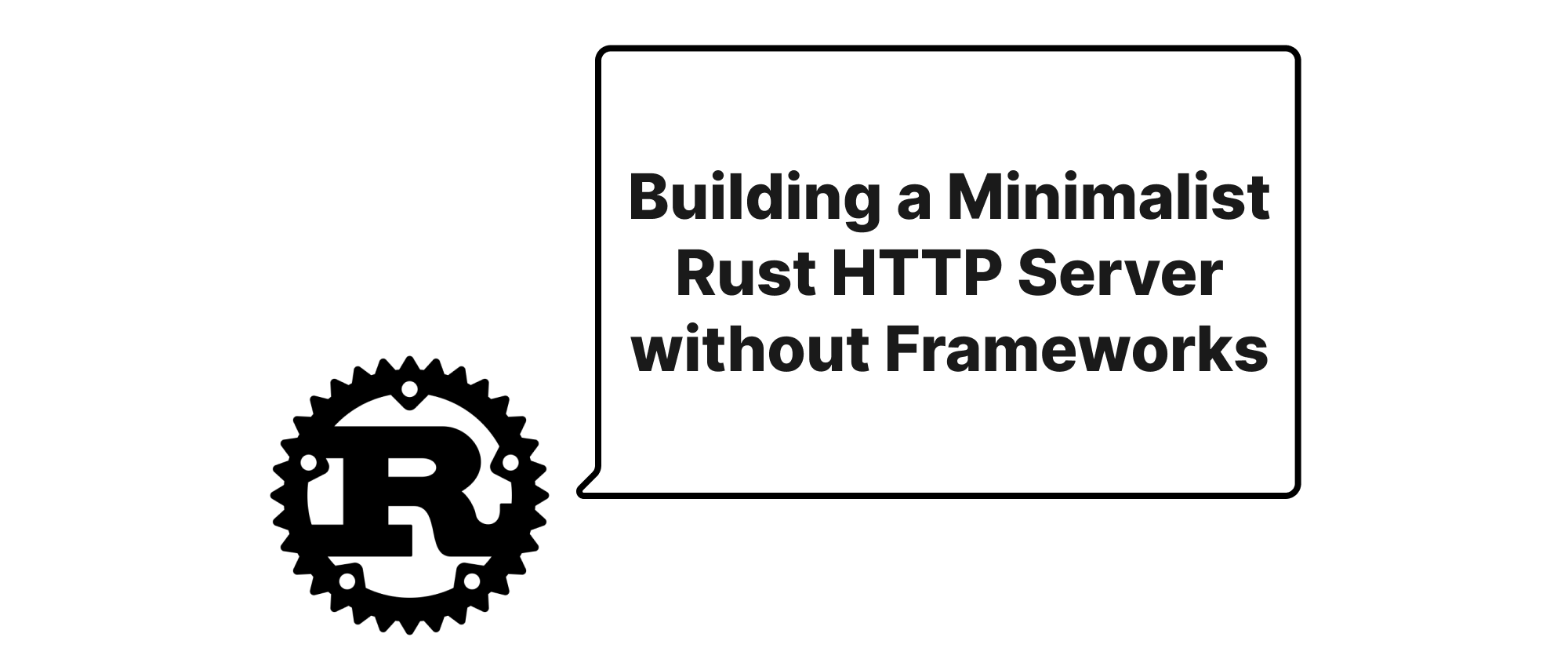
Building a Minimalist Rust HTTP Server without Frameworks
Explore how to build a performant HTTP server in Rust from scratch using only hyper and Tokio, understanding the underlying mechanics without framework abstractions.
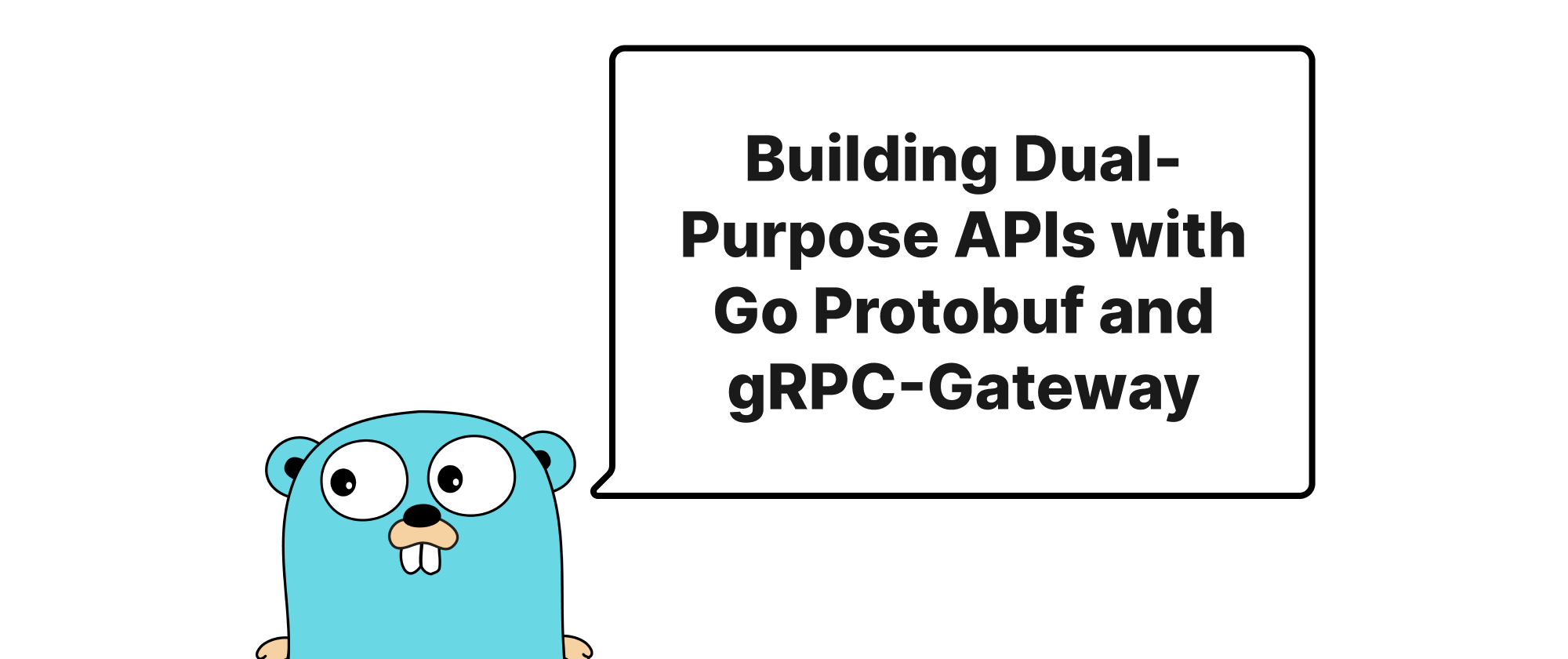
Building Dual-Purpose APIs with Go Protobuf and gRPC-Gateway
Explore how Go, Protobuf, and gRPC-Gateway enable developers to construct robust and user-friendly APIs that cater to both internal microservices and external web clients, streamlining development and enhancing interoperability.

Best Way to Run Puppeteer Online: Solutions Compared
This article compares deploying Puppeteer on serverless platforms Leapcell, AWS Lambda, and Cloudflare. It analyzes their pros and cons, recommending Leapcell as an excellent choice for online projects.
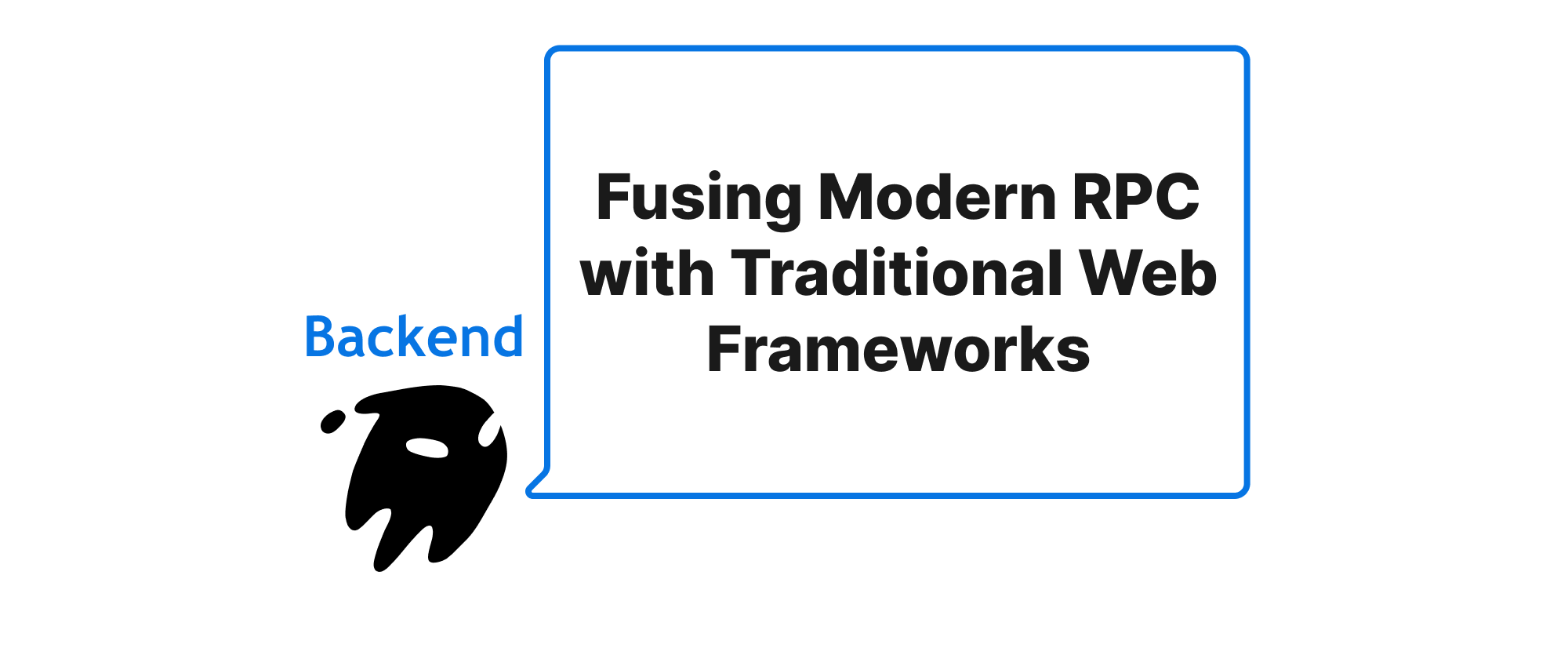
Fusing Modern RPC with Traditional Web Frameworks
Exploring strategies for integrating gRPC services with established RESTful API frameworks like Django and FastAPI to leverage the strengths of both.
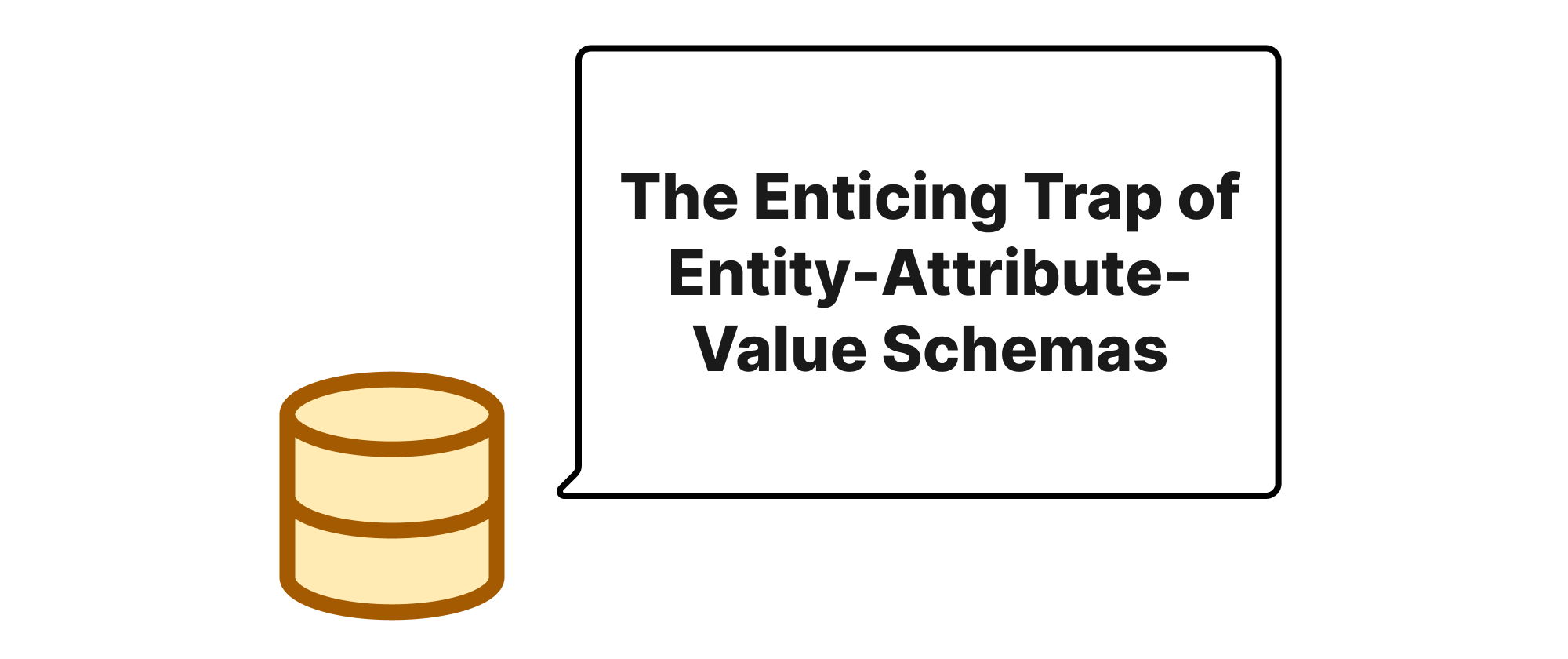
The Enticing Trap of Entity-Attribute-Value Schemas
Exploring why the seemingly flexible EAV model often leads to significant database design challenges and how to identify and avoid its pitfalls.
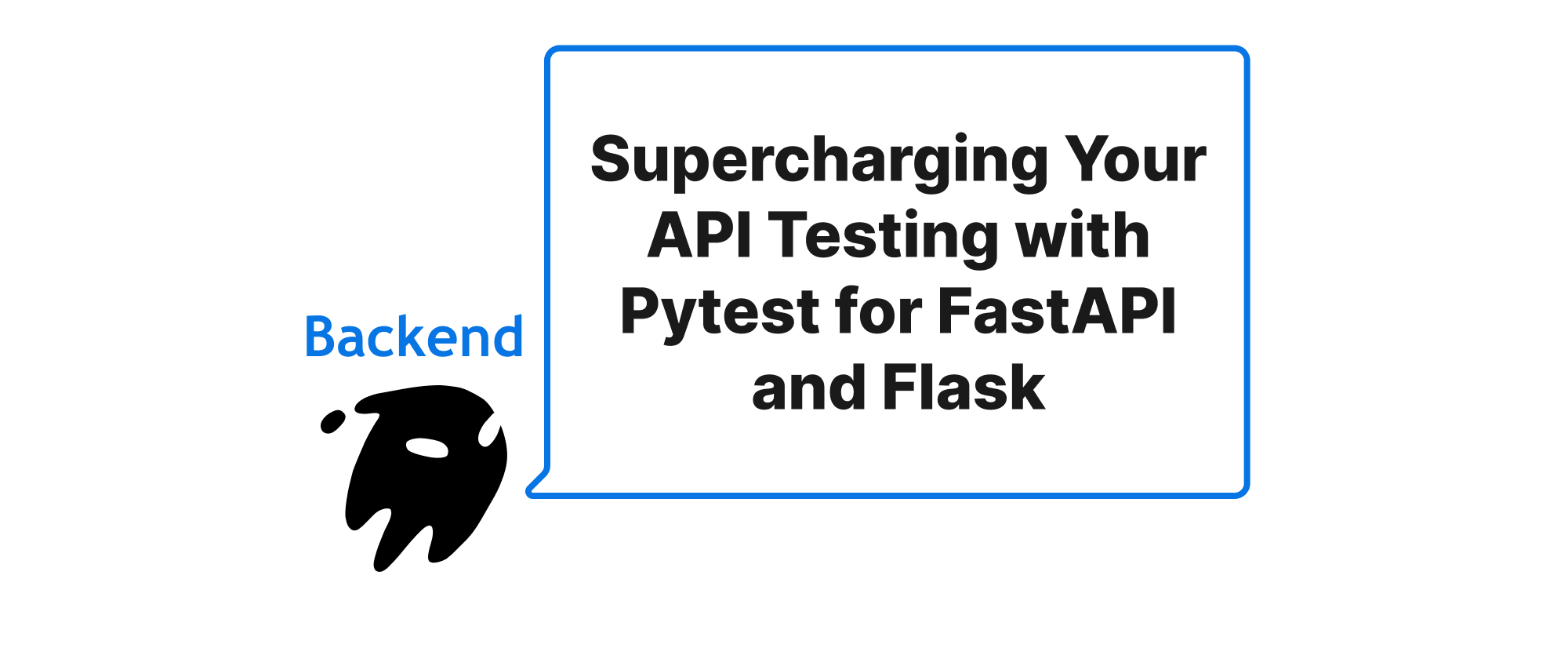
Supercharging Your API Testing with Pytest for FastAPI and Flask
Learn how to write efficient unit tests for your FastAPI and Flask applications using Pytest, covering core concepts, practical examples, and best practices.

Navigating Compressed TypeScript in Production with Source Maps
This article delves into the intricacies of Source Maps, explaining their mechanism and demonstrating how they enable effective debugging of minified TypeScript code in production environments, ensuring a smoother development and maintenance workflow.

Understanding Virtual DOM and Why Svelte/SolidJS Opt Out
This article delves into the concept of Virtual DOM, its role in modern frontend frameworks, and explains why frameworks like Svelte and SolidJS choose not to use it, presenting their alternative approaches.
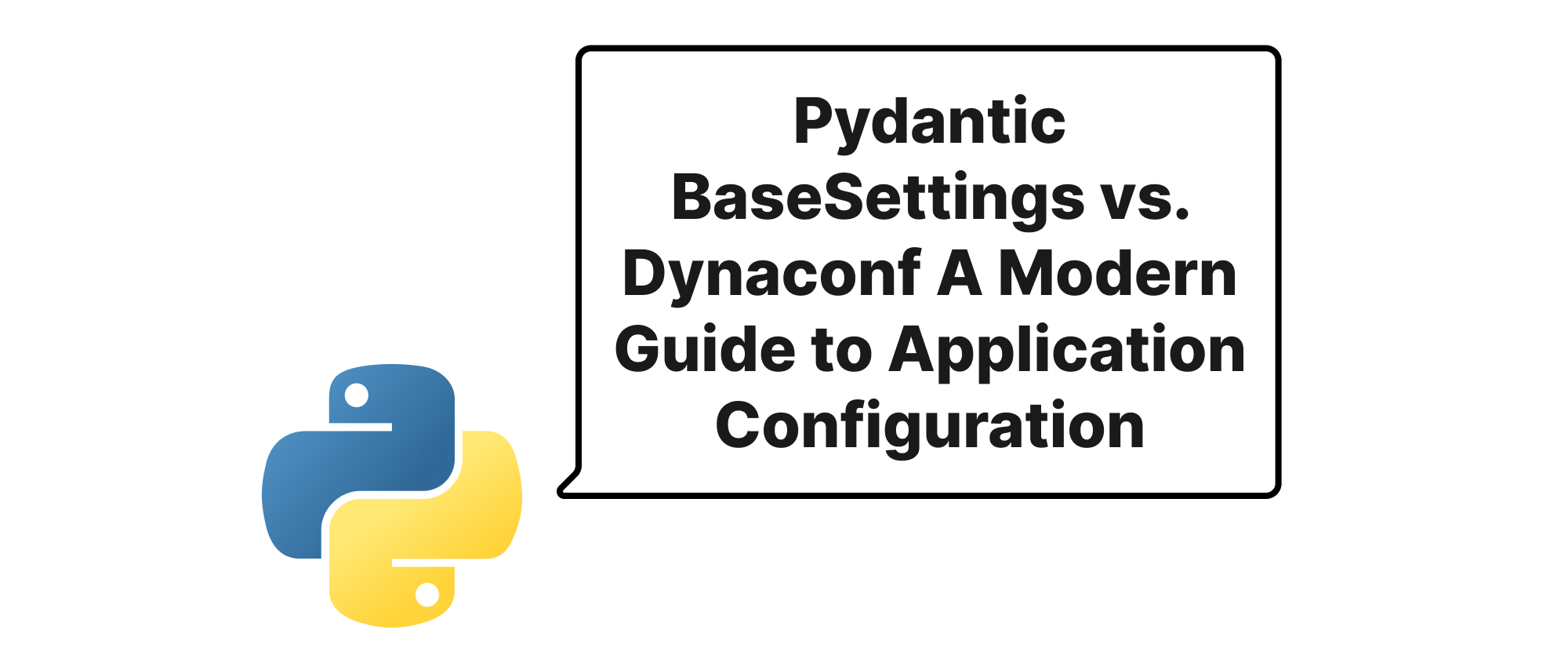
Pydantic BaseSettings vs. Dynaconf A Modern Guide to Application Configuration
This article explores Pydantic BaseSettings and Dynaconf as modern Python solutions for managing application configurations, highlighting their unique strengths and best use cases for robust and maintainable projects.
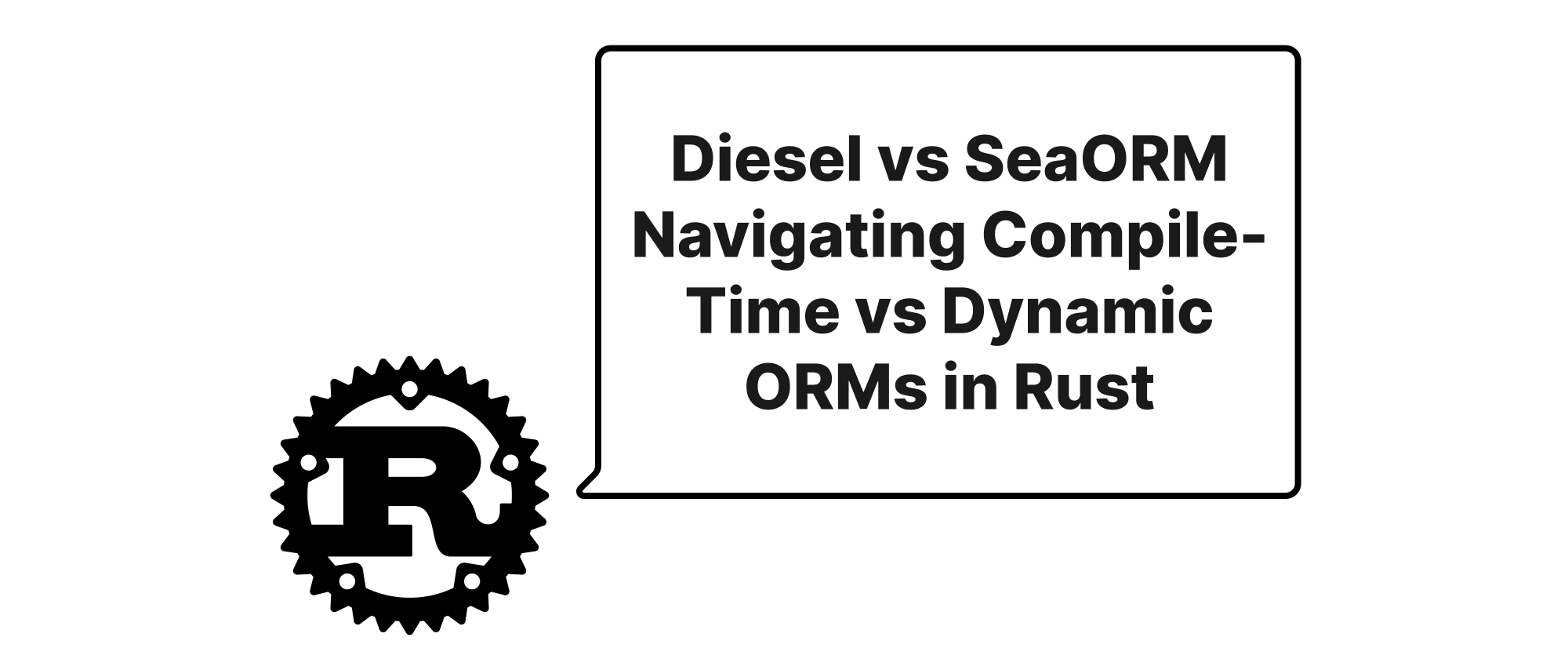
Diesel vs SeaORM Navigating Compile-Time vs Dynamic ORMs in Rust
A comprehensive comparison of Diesel and SeaORM, two popular Rust ORMs, highlighting their compile-time versus dynamic approaches to help developers choose the right tool for their projects.
